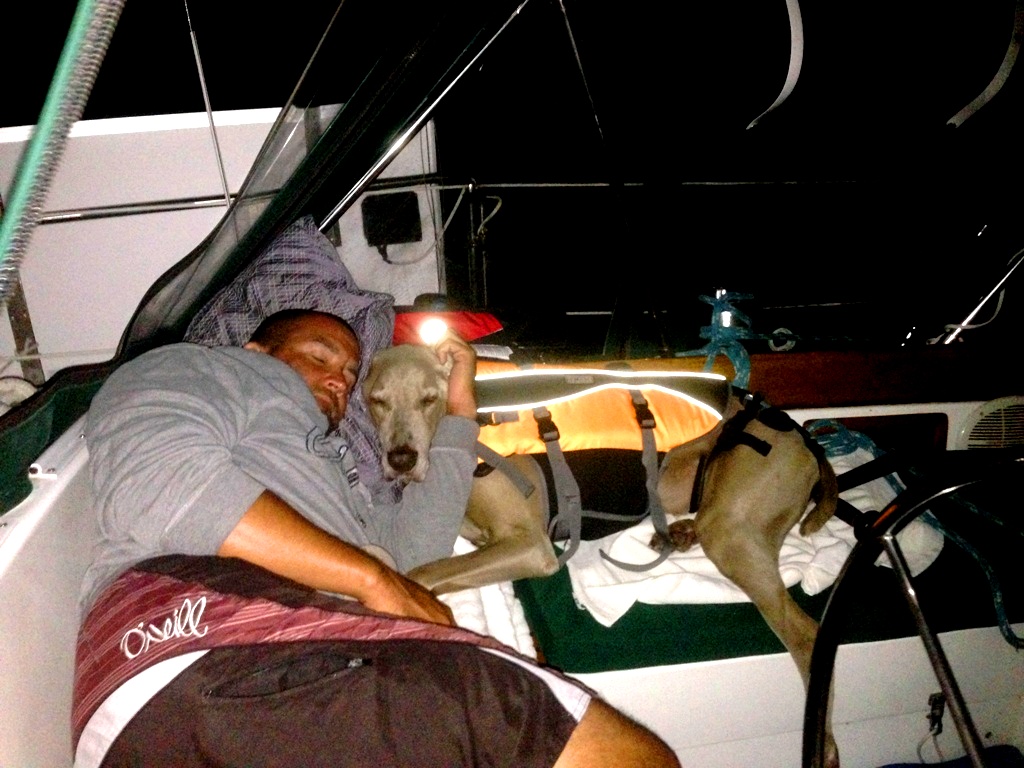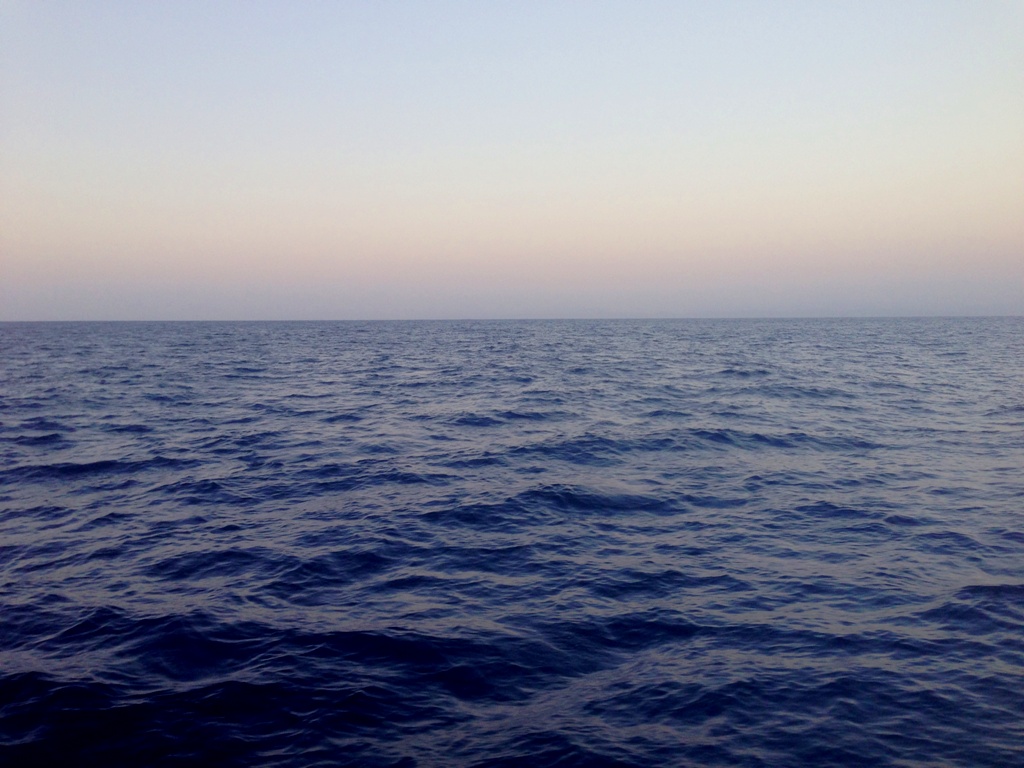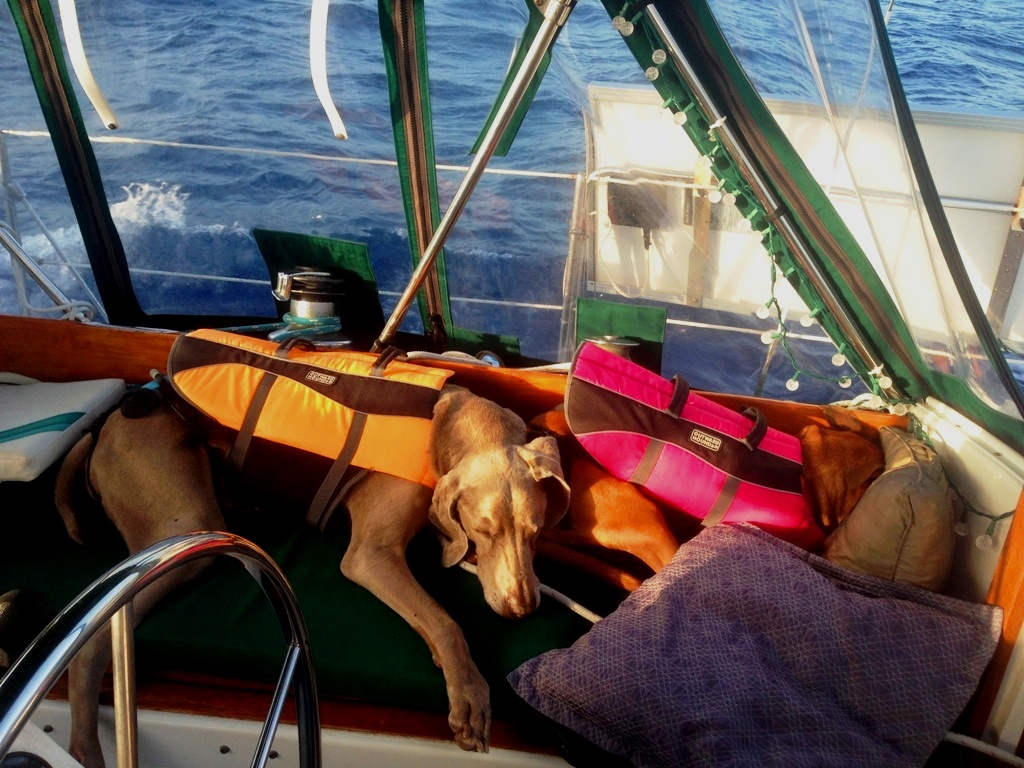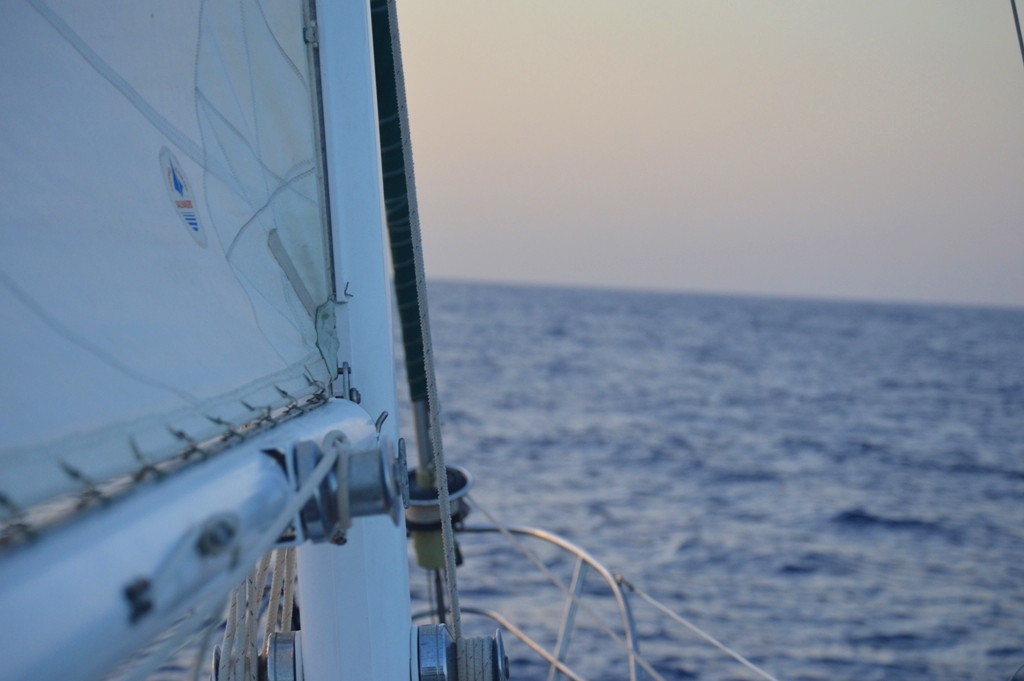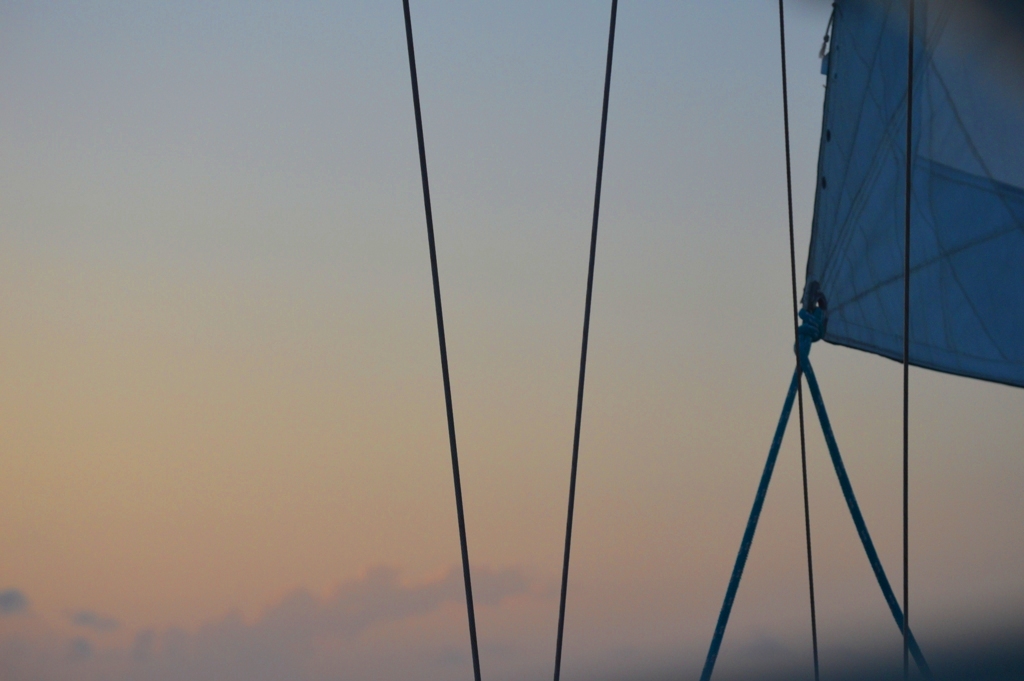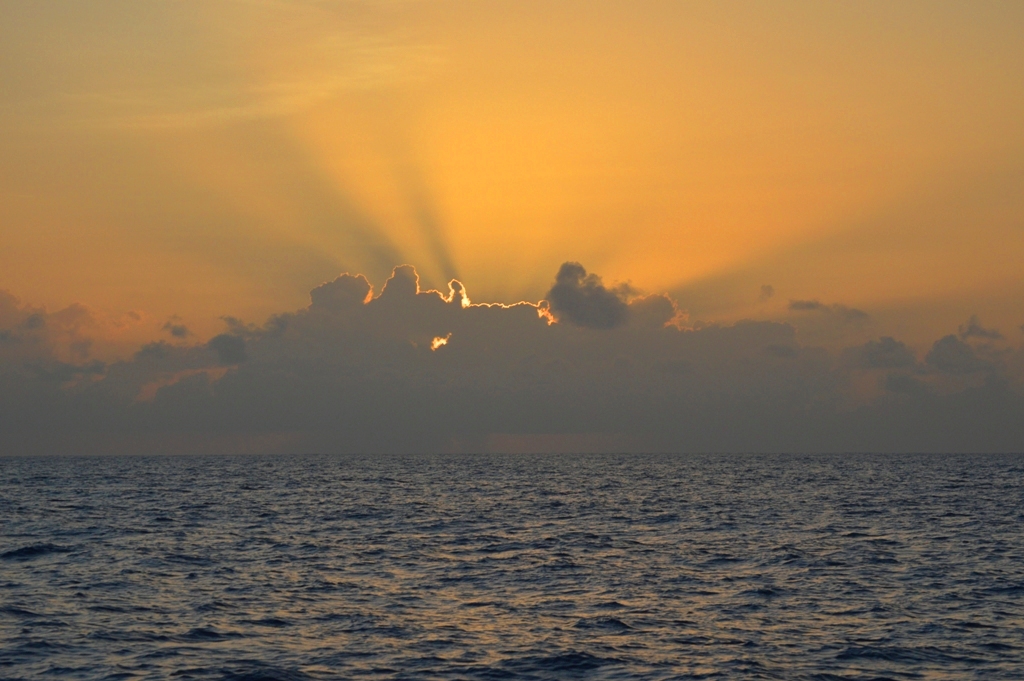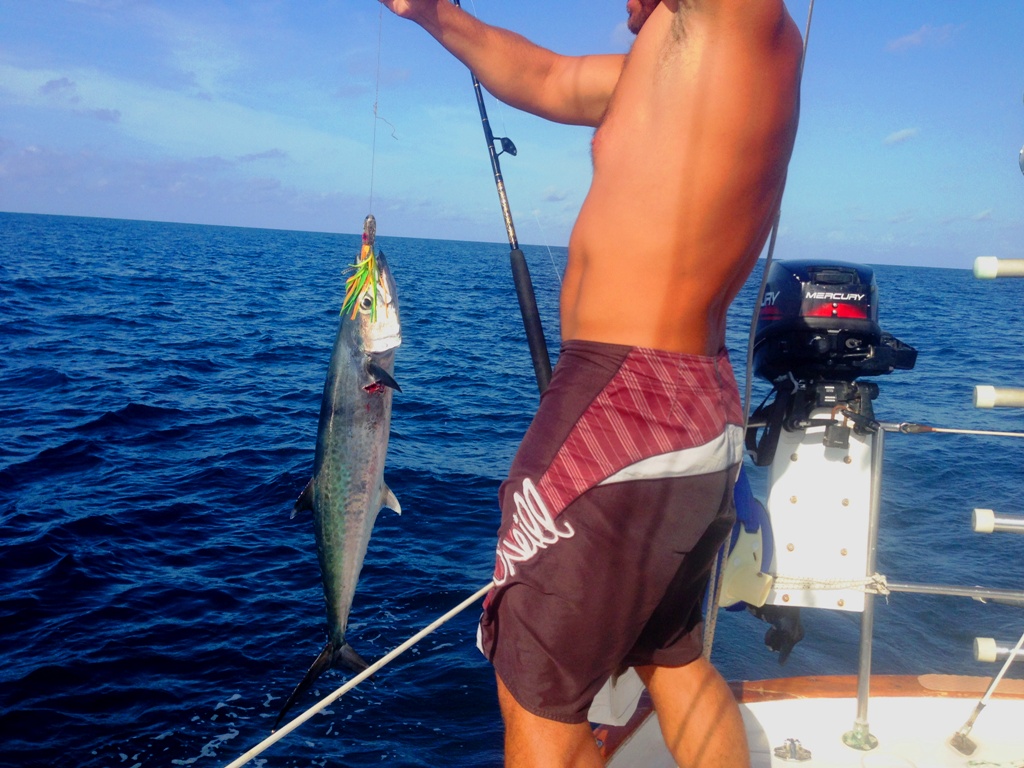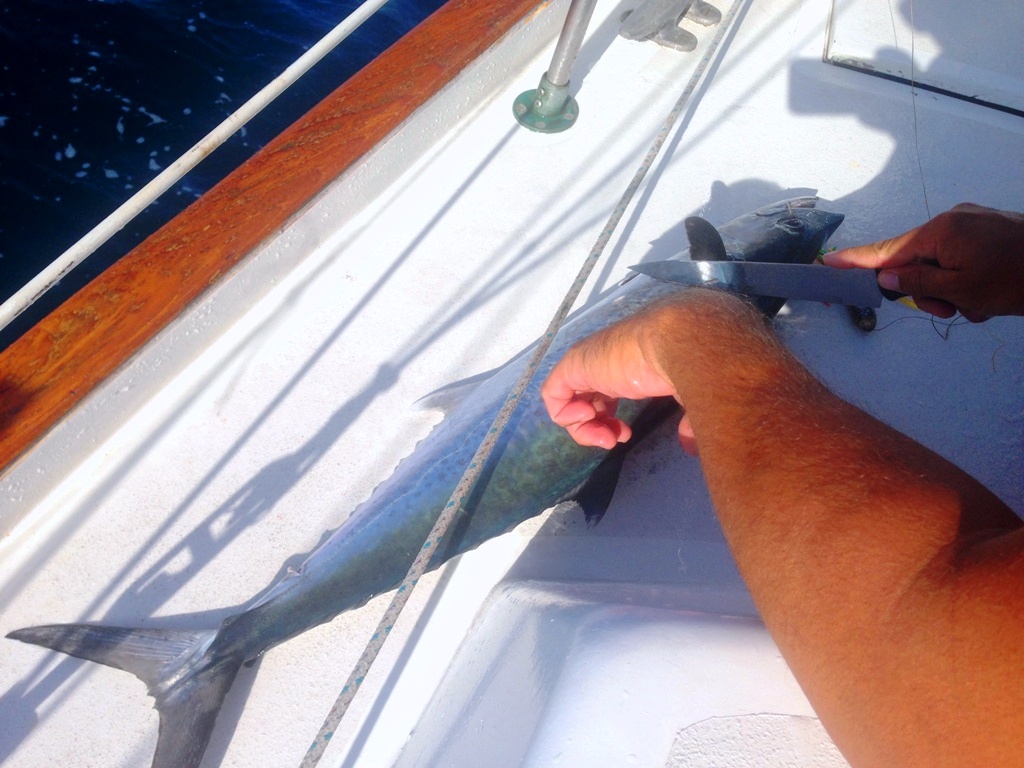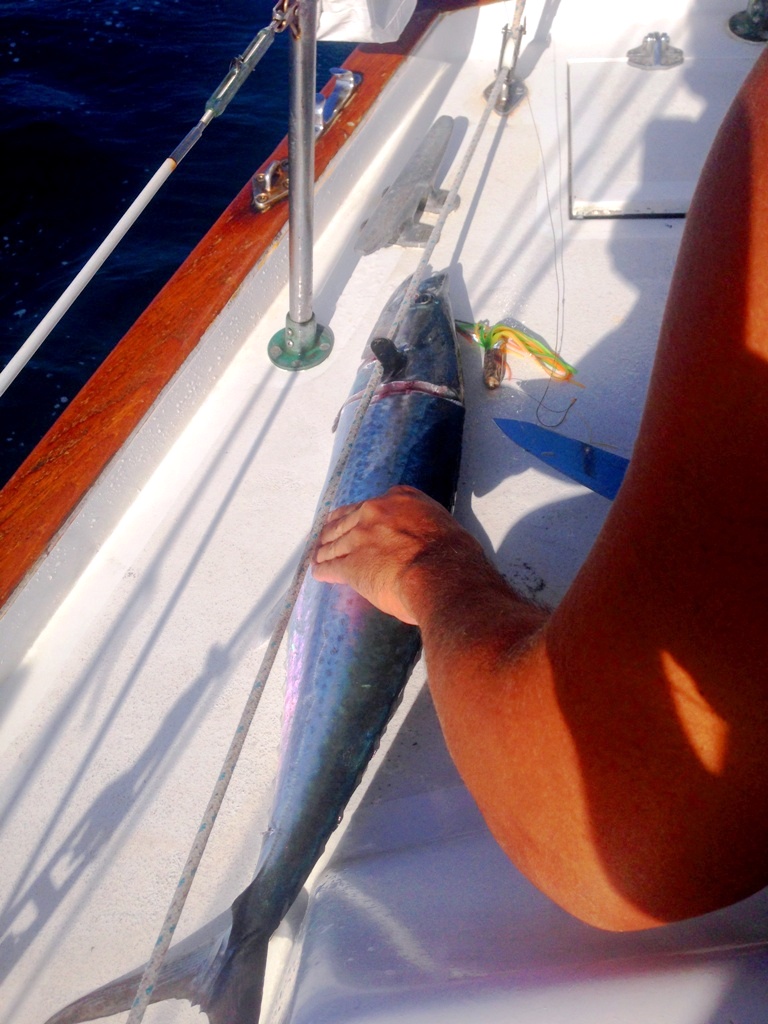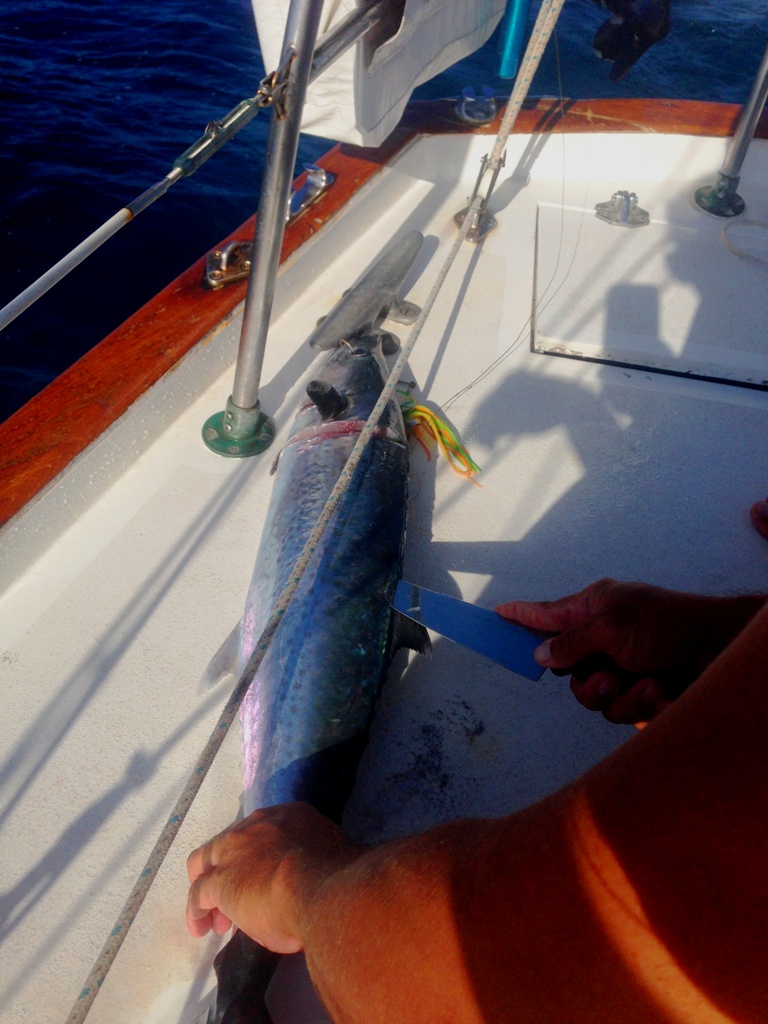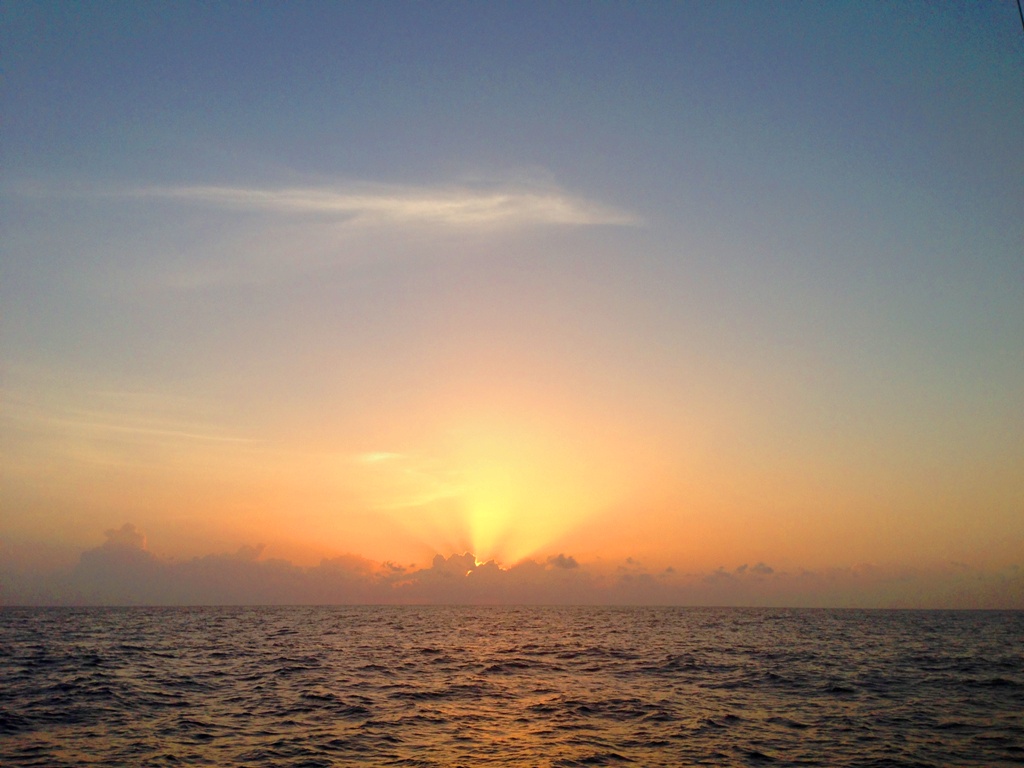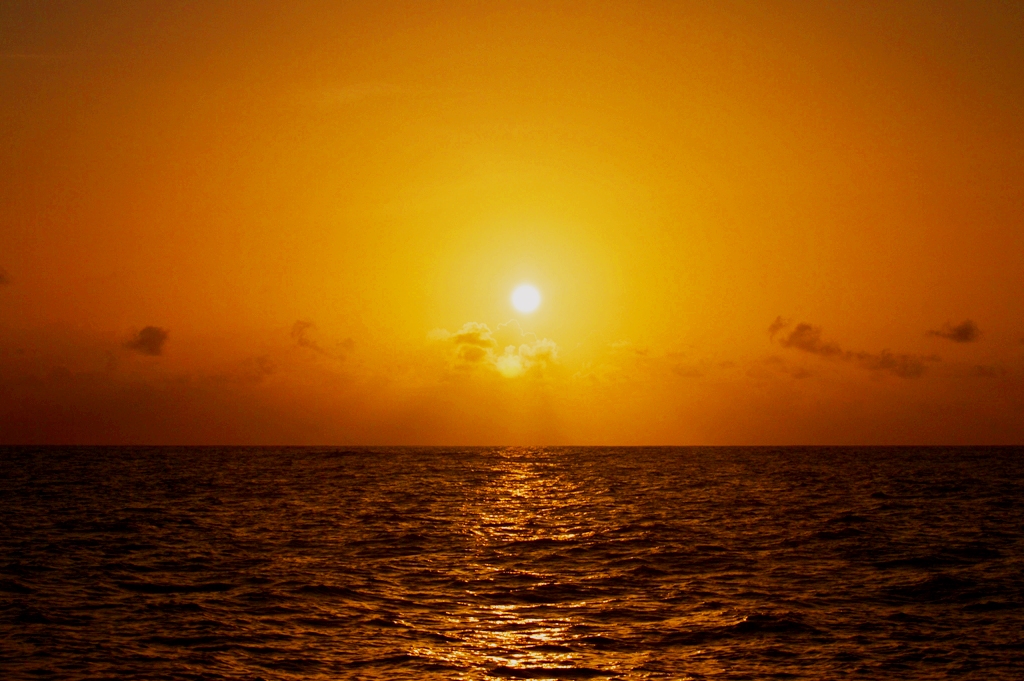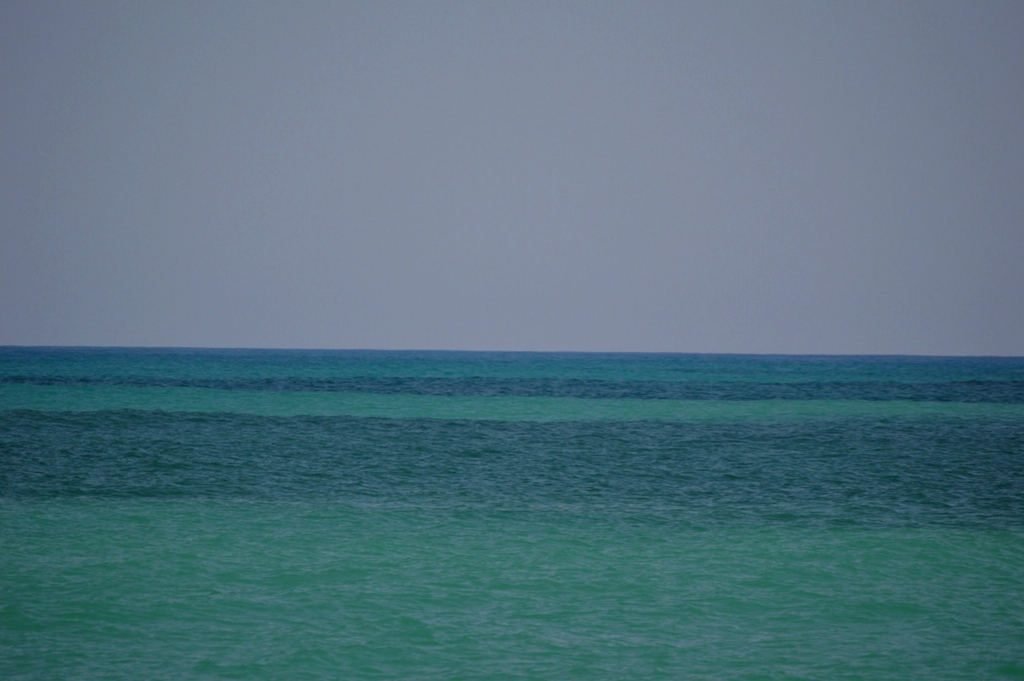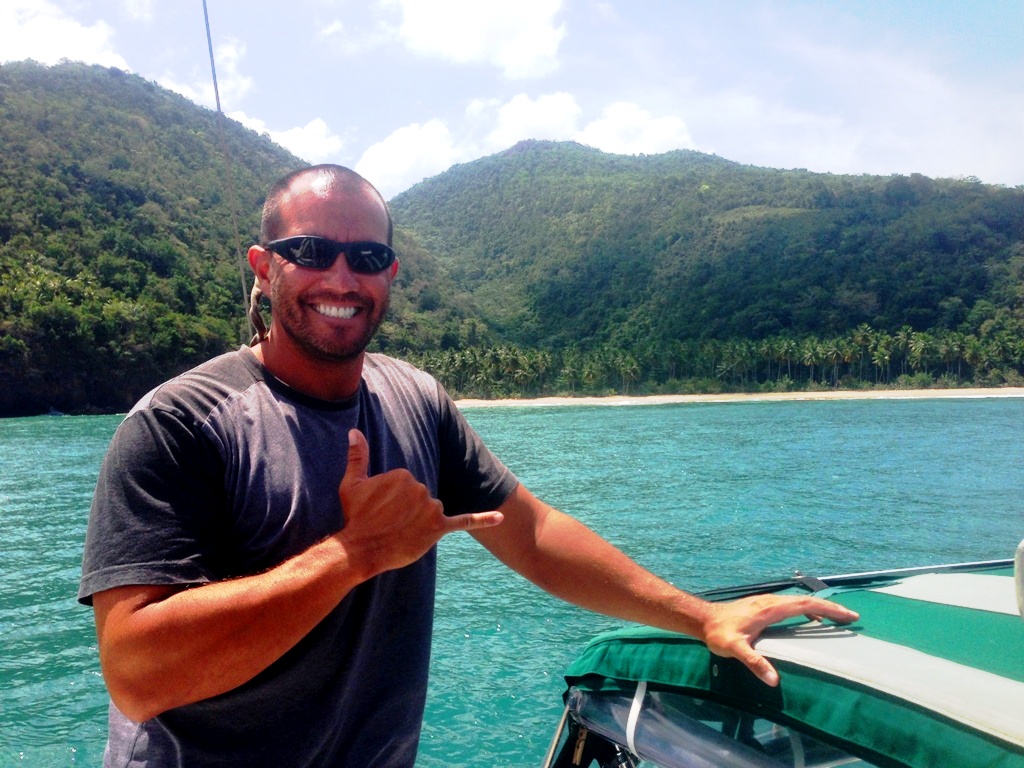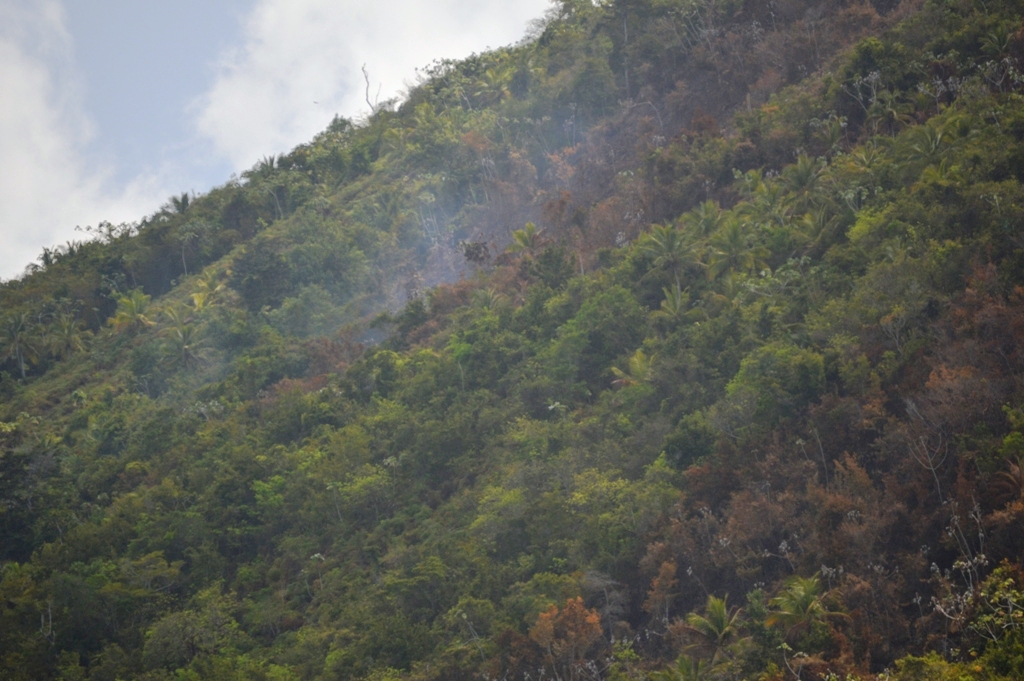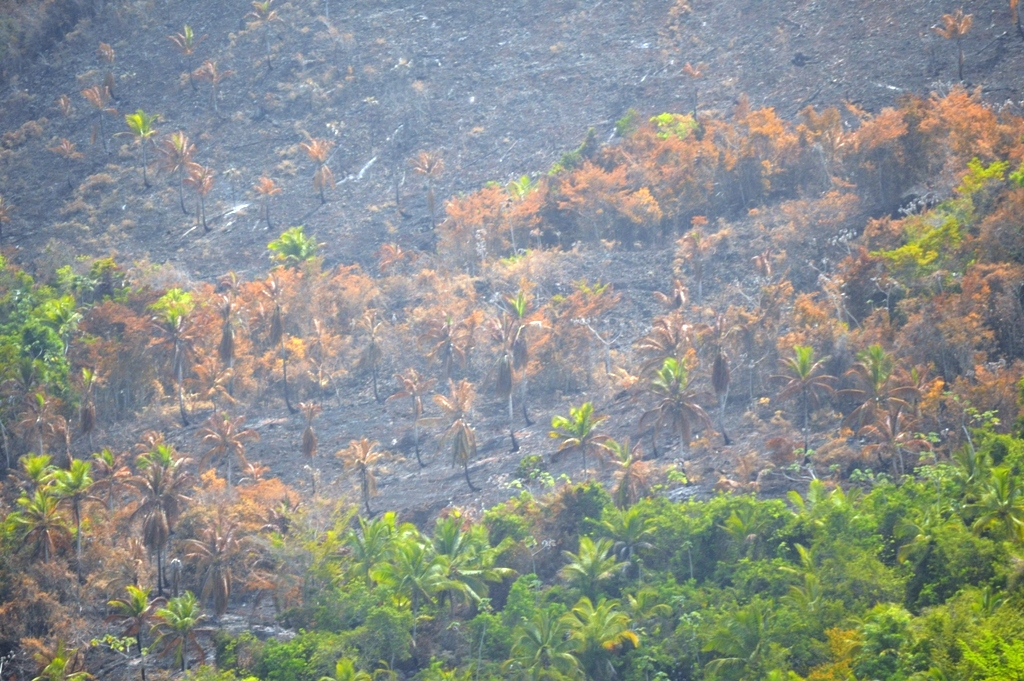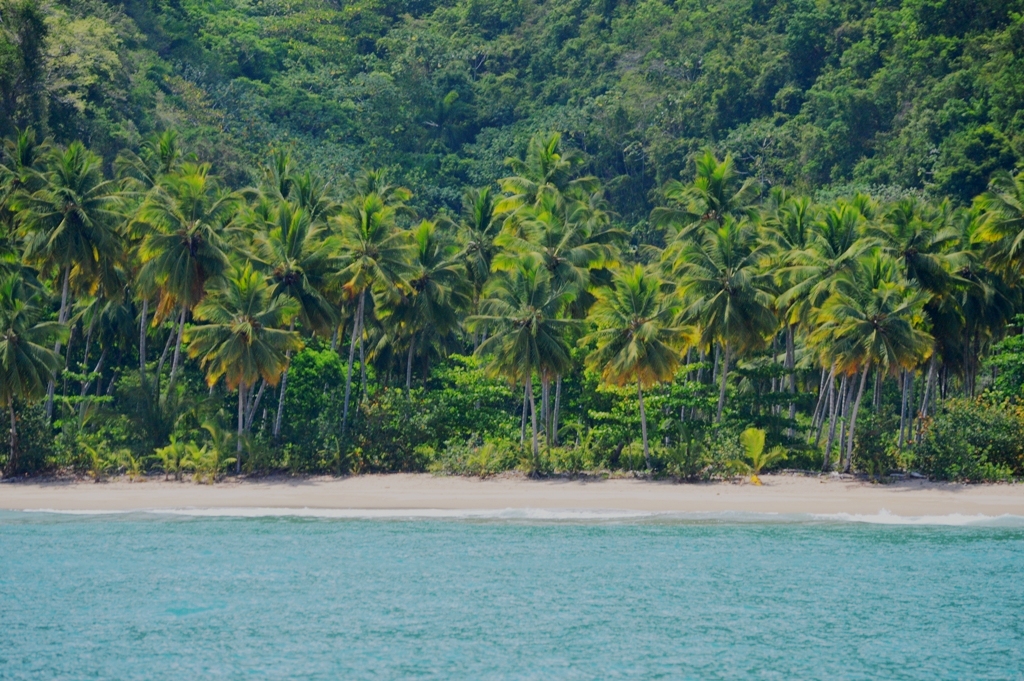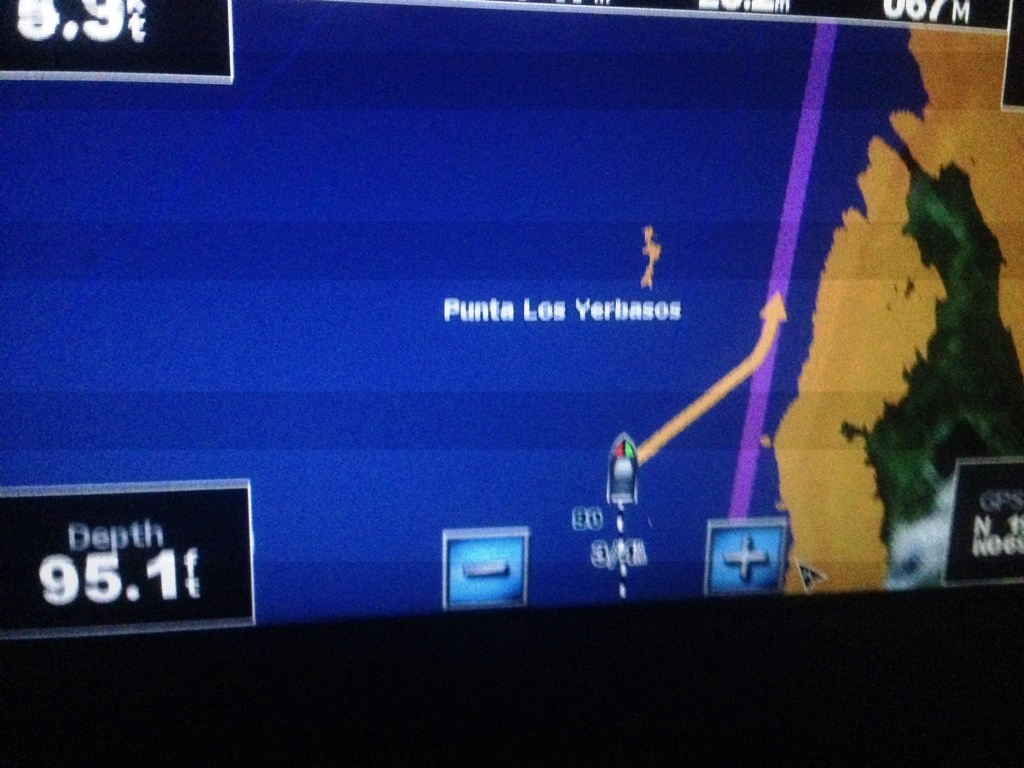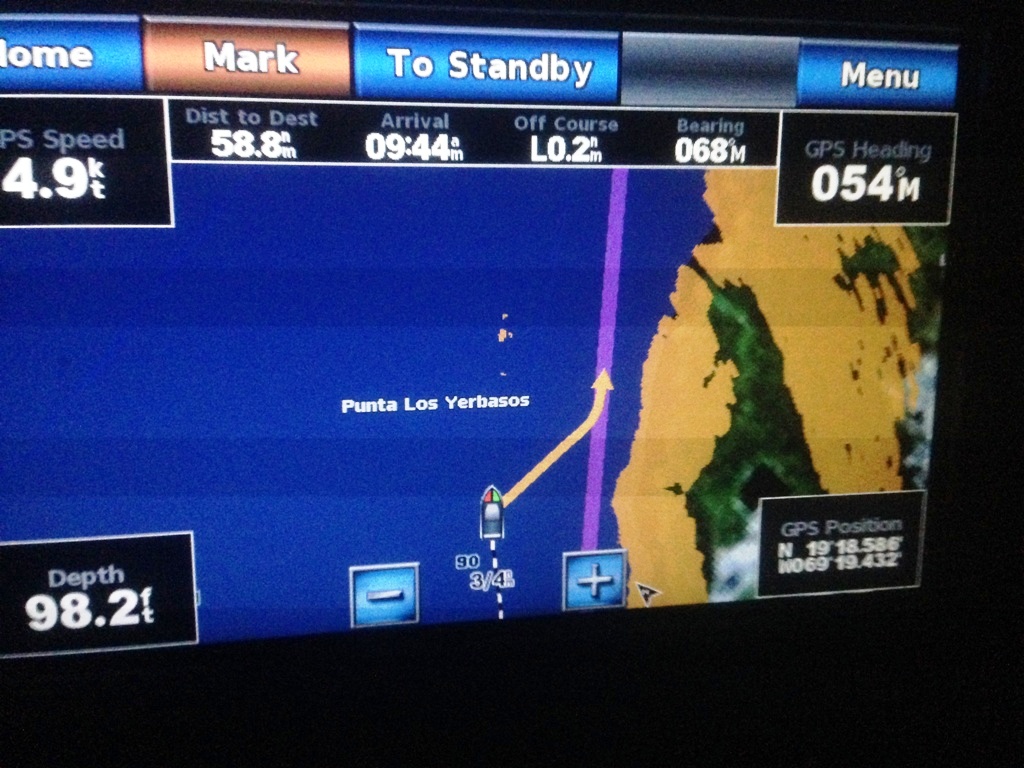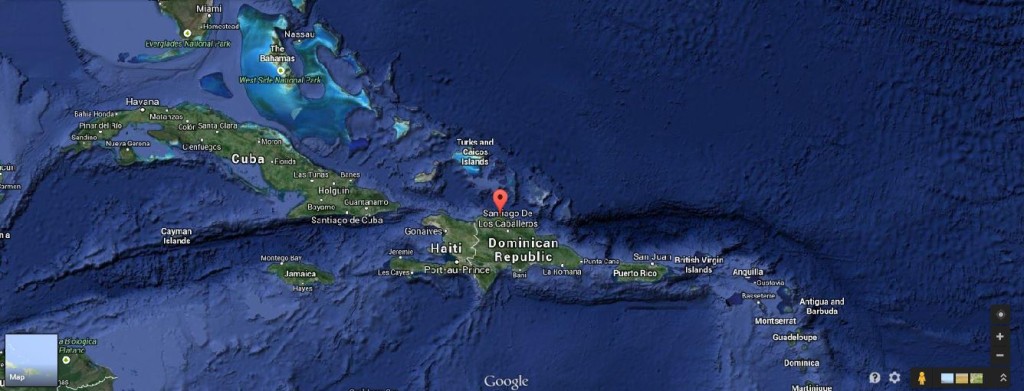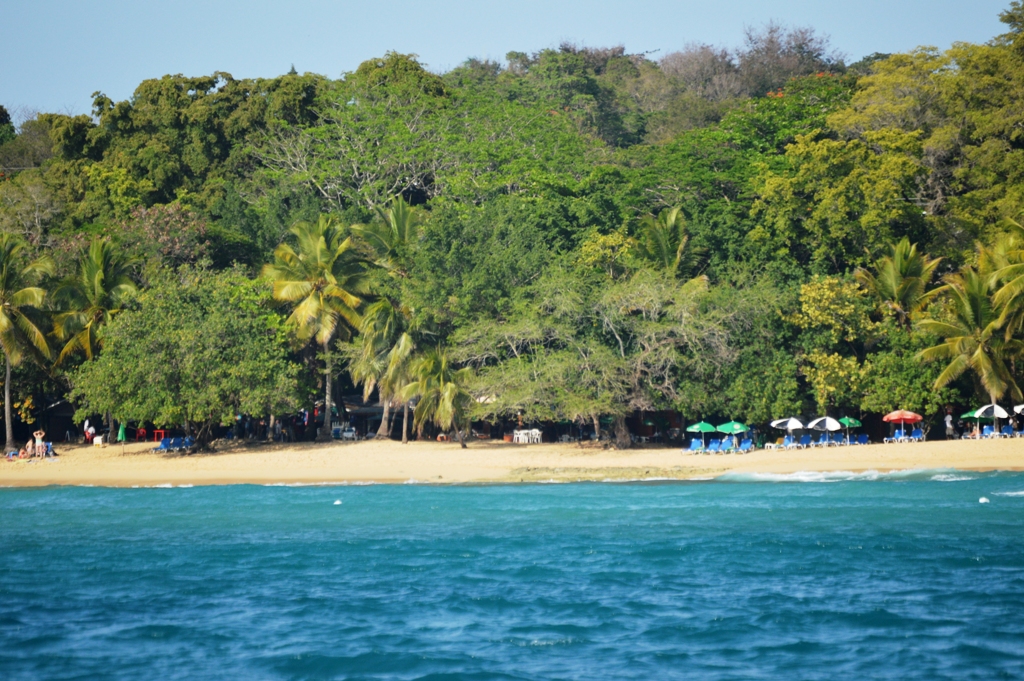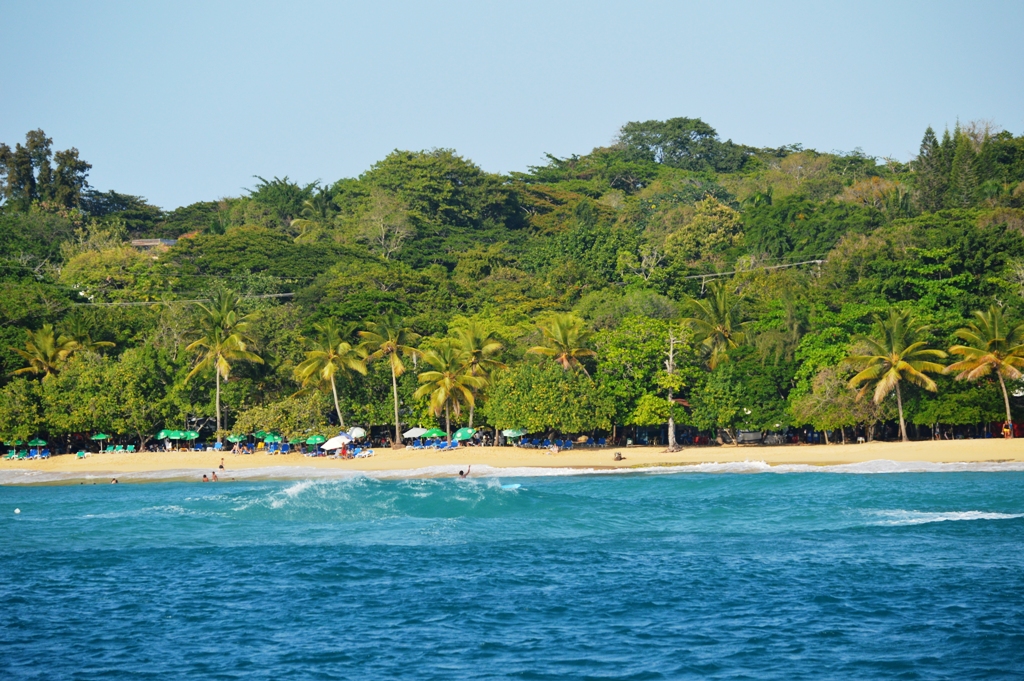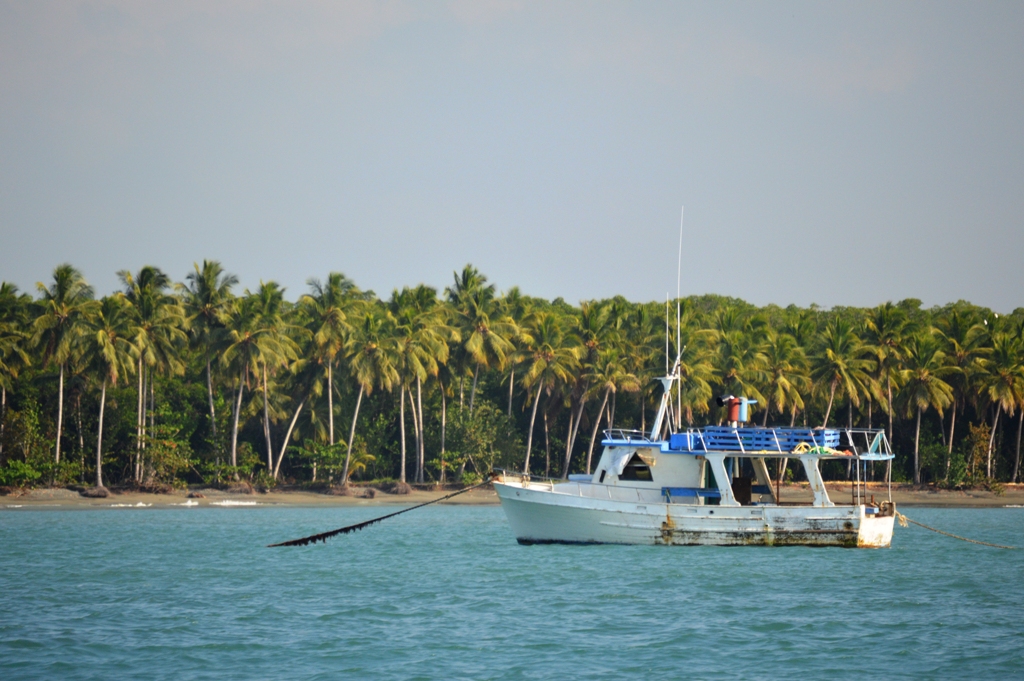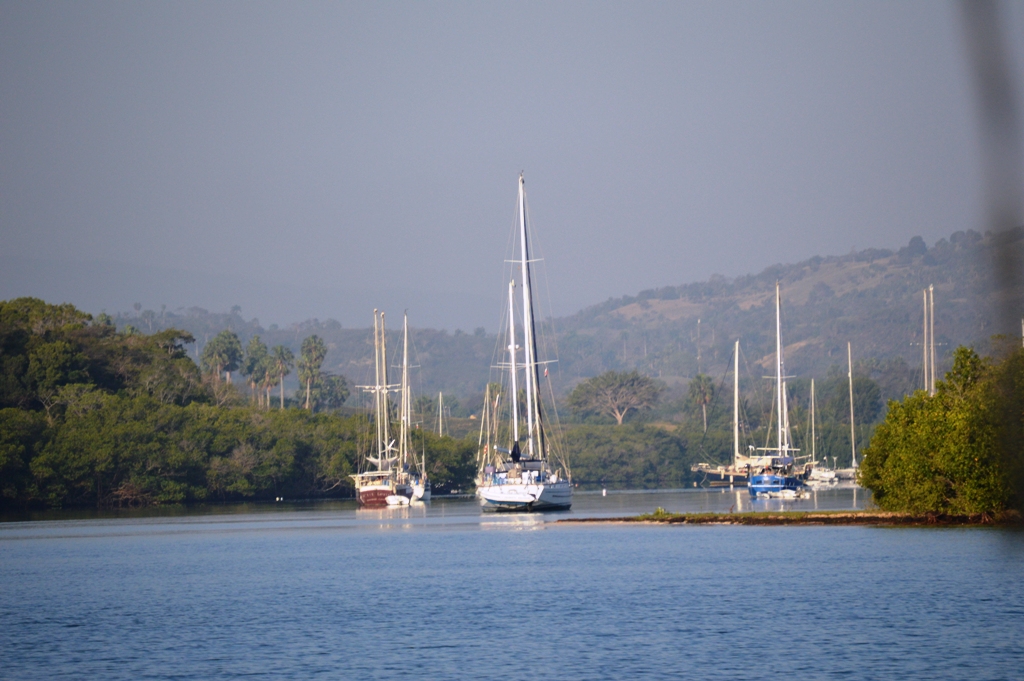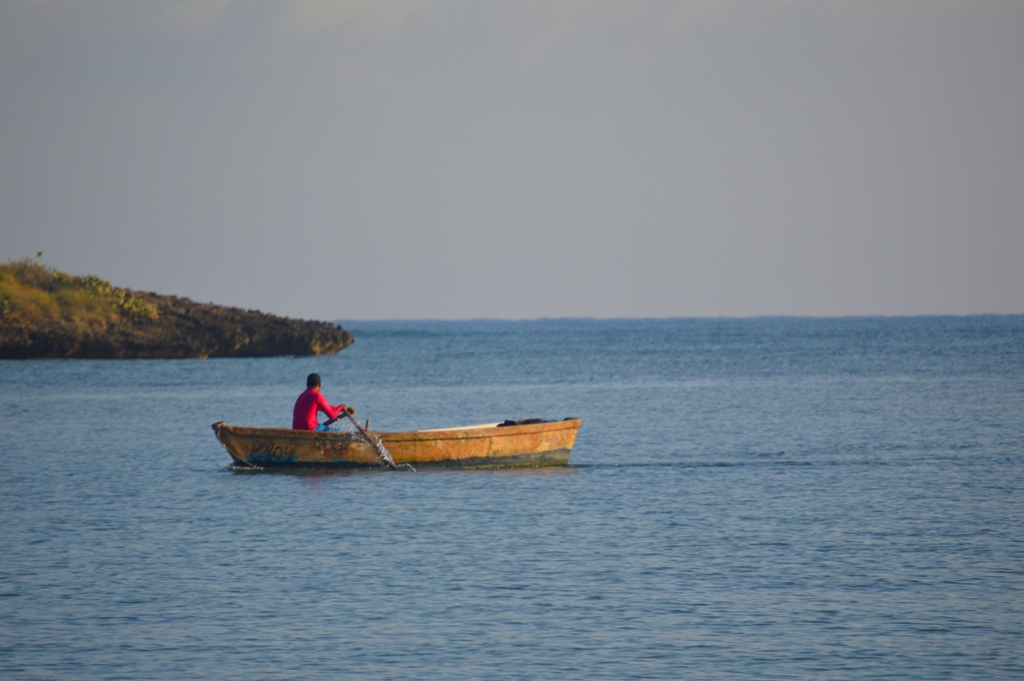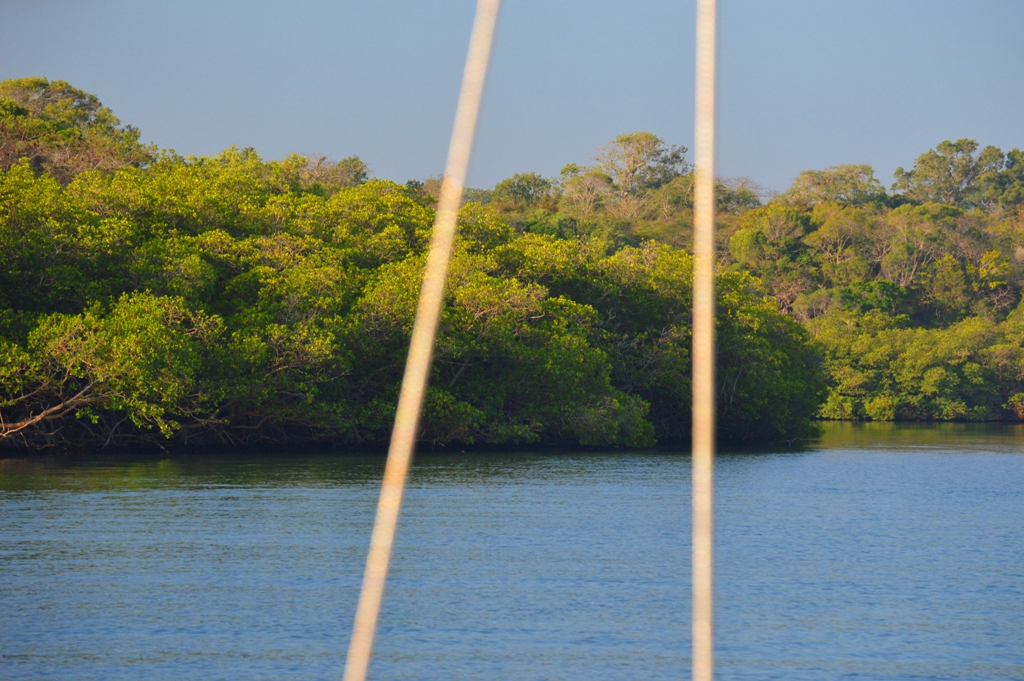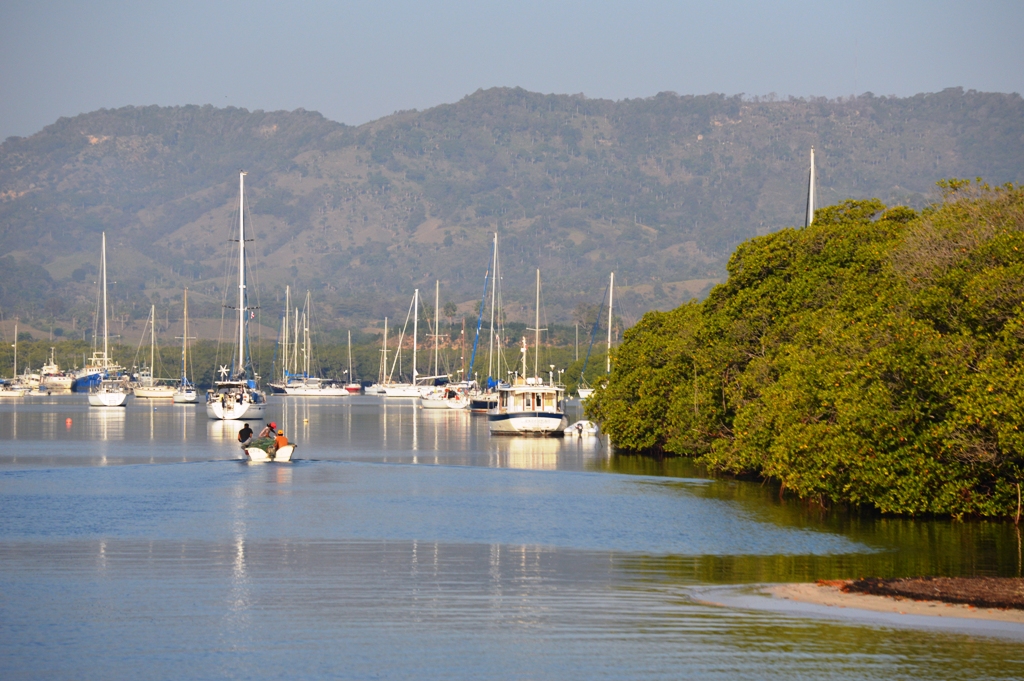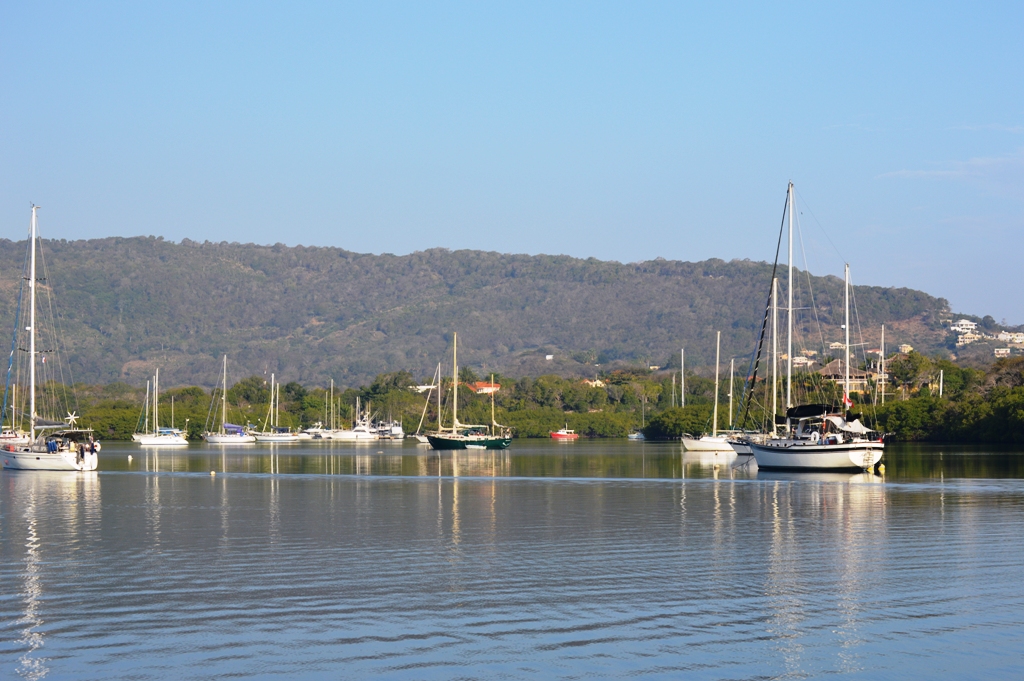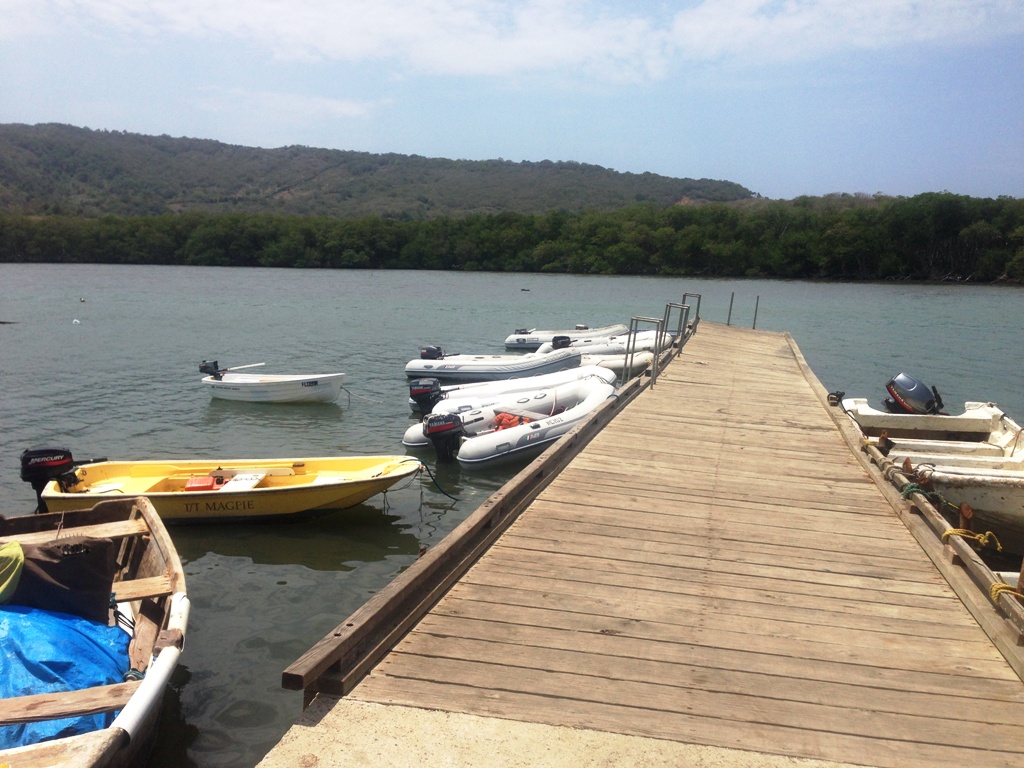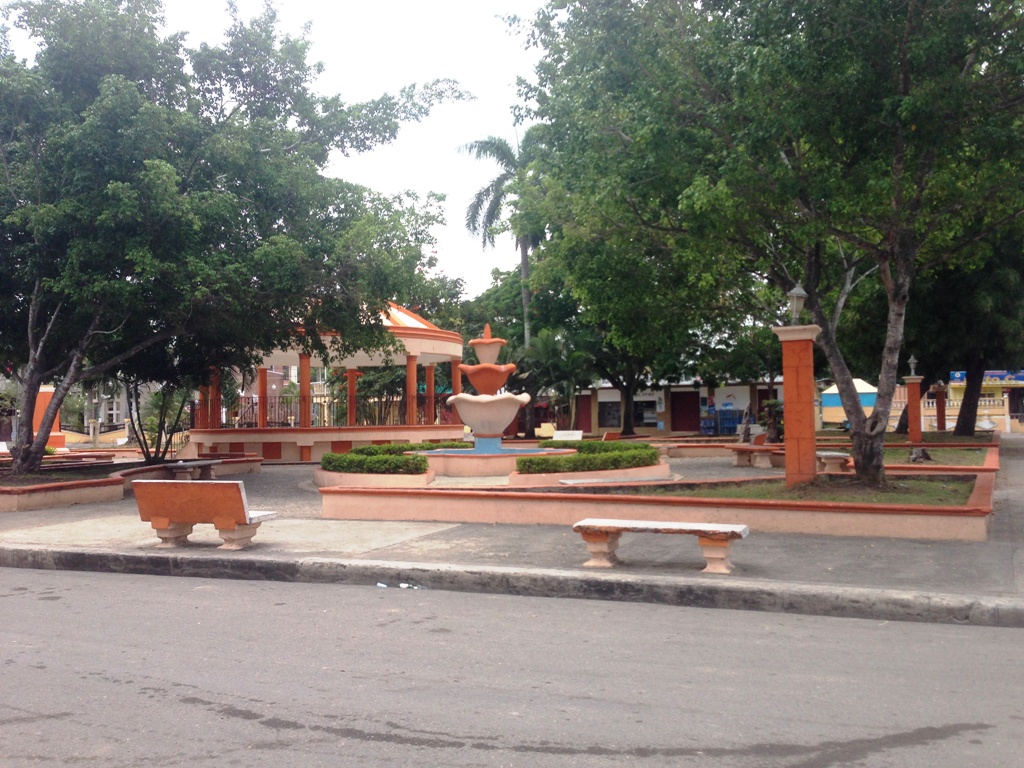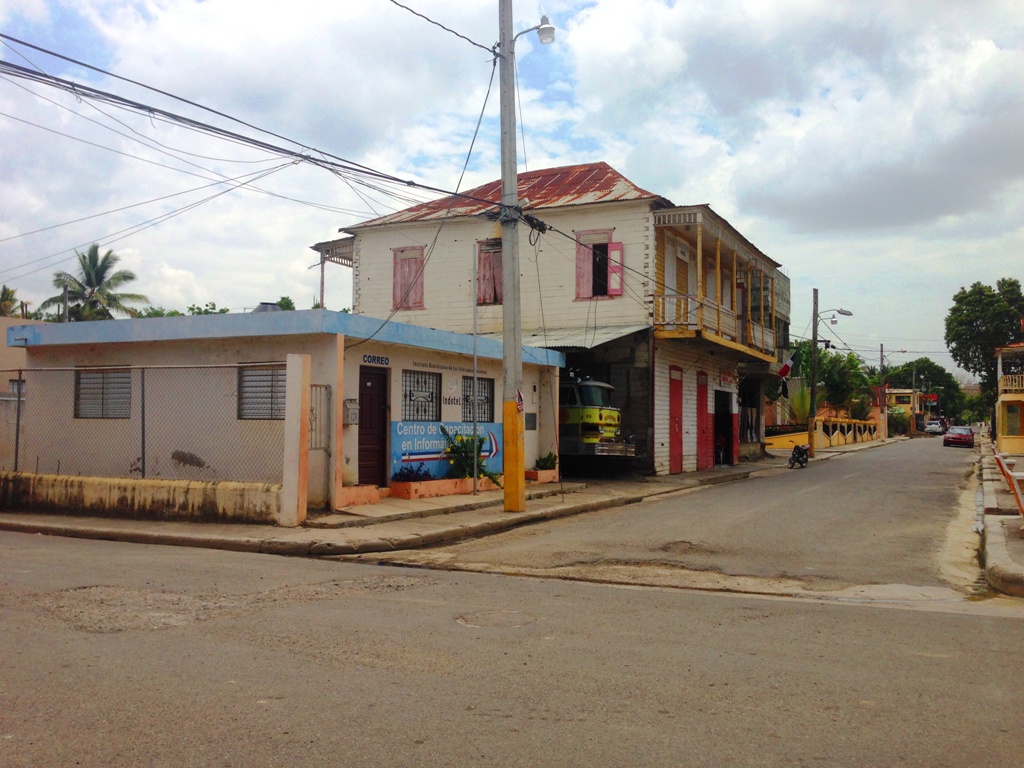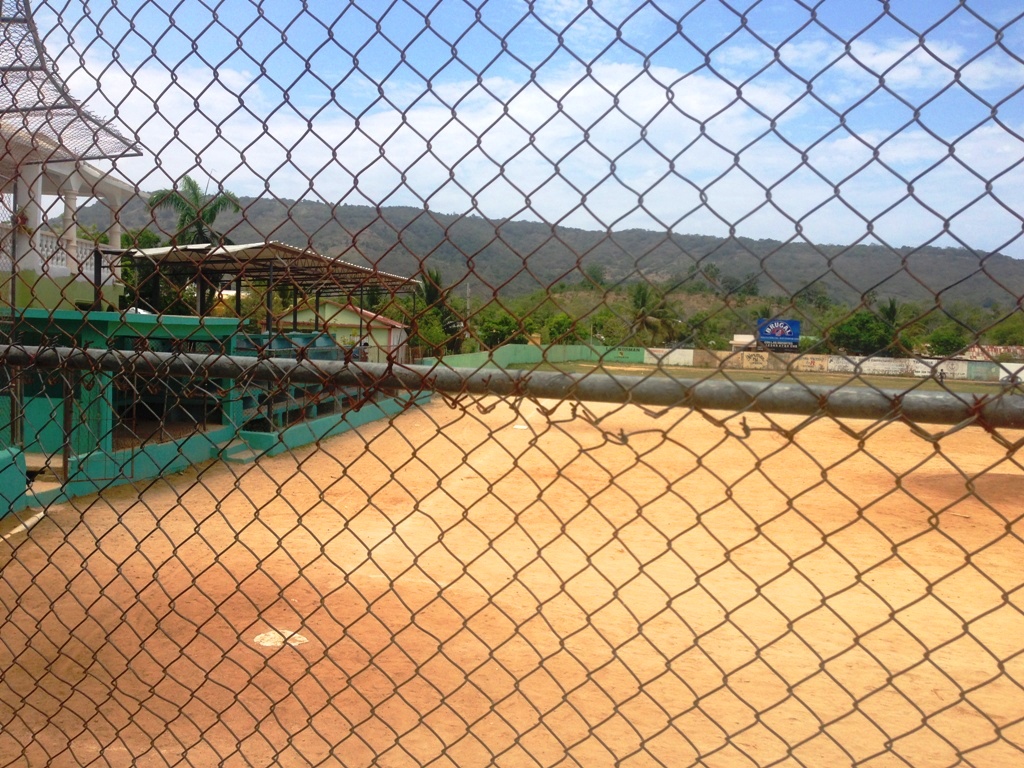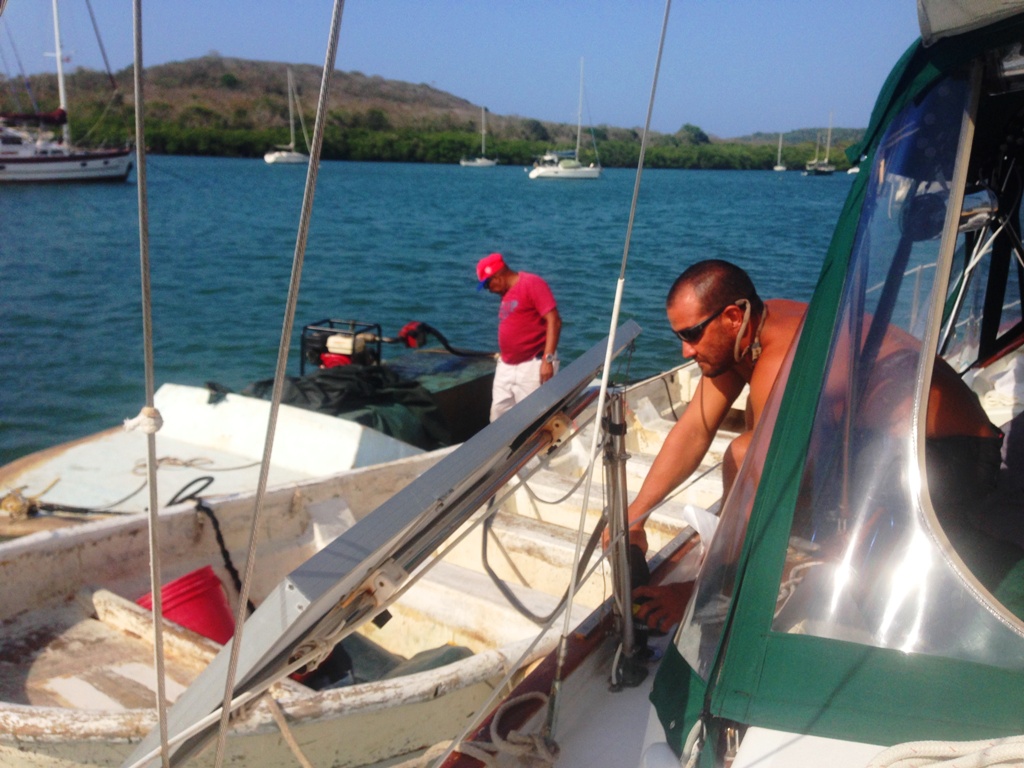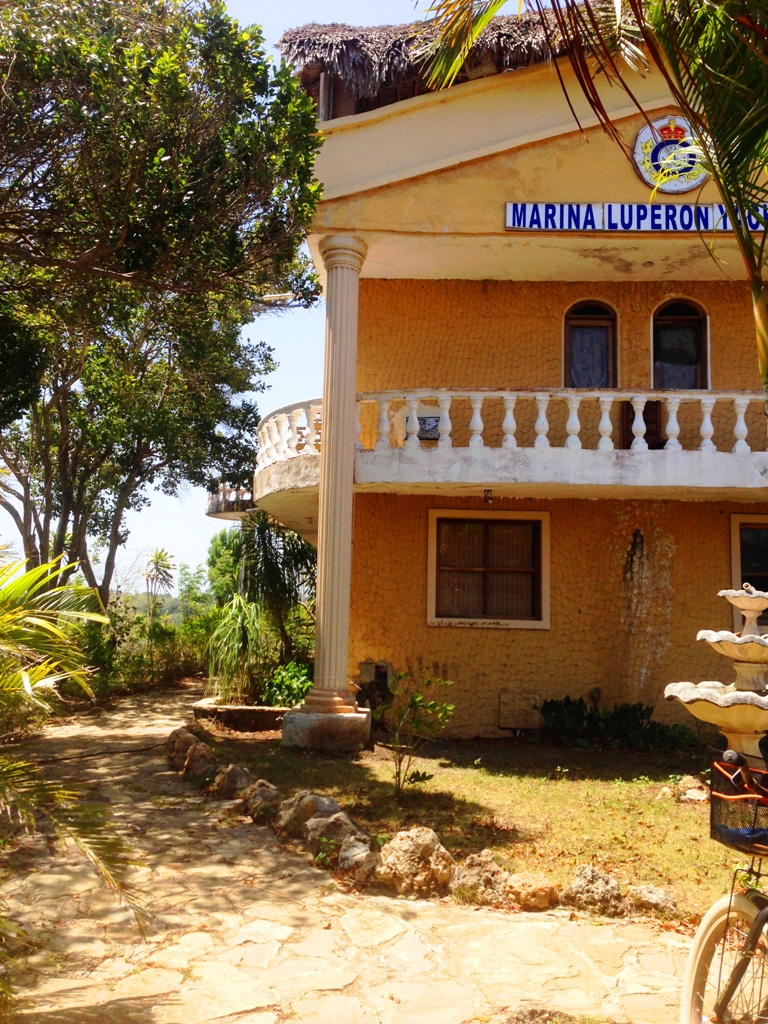Along with the many services they provide, Papo and Pedro coordinate rides from Luperón up to the famous 27 waterfalls not too far from Puerto Plata. We had heard from several of the locals that going to the waterfalls was a MUST while visiting the DR. We had only planned on staying in Luperón for as long as it would take to fix our propane solenoid and our generator but we made sure to work in a little play time too.
The very next day after our generator was fixed, Papo picked us up from our boat and took us to the dinghy dock where a white van was waiting. Peter and I were joined by another cruising couple and their friend. As it turns out, we had met them way back in Spanish Wells, Bahamas!! It was nice to see some familiar faces and share the long ride up the mountain with fellow cruisers.
The ride through town and up into the mountains took about 45 minutes. We stopped at a local market along the way for some cold Cokes for Peter and I, and some ice-cold beers for our cruiser friends.
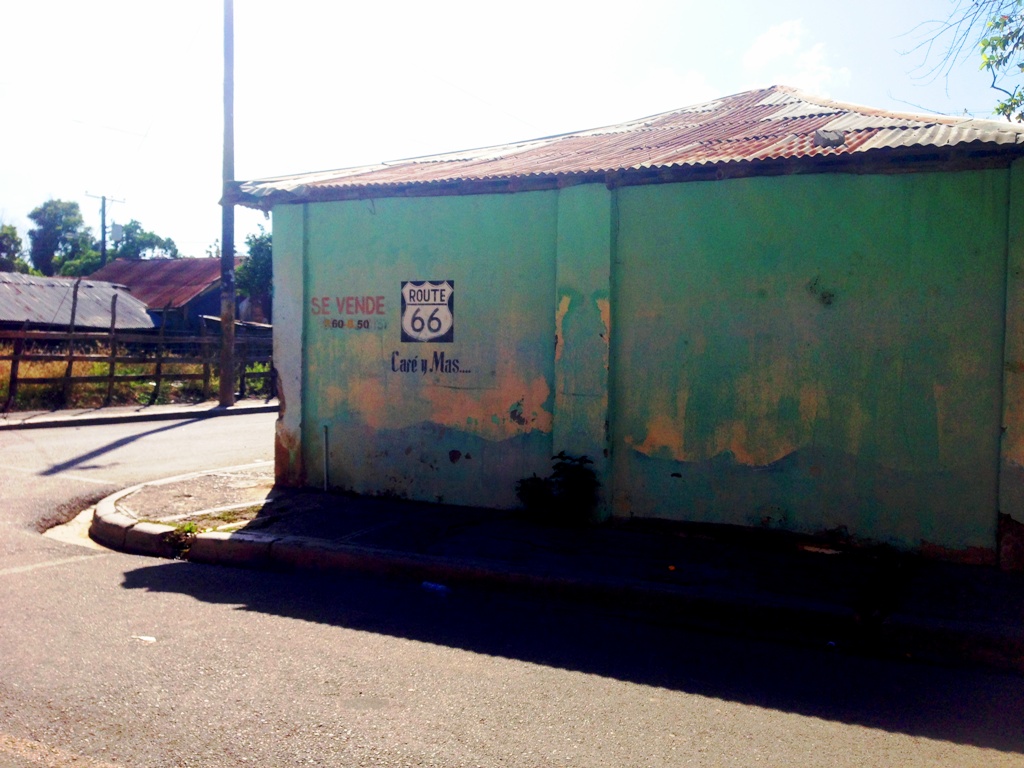
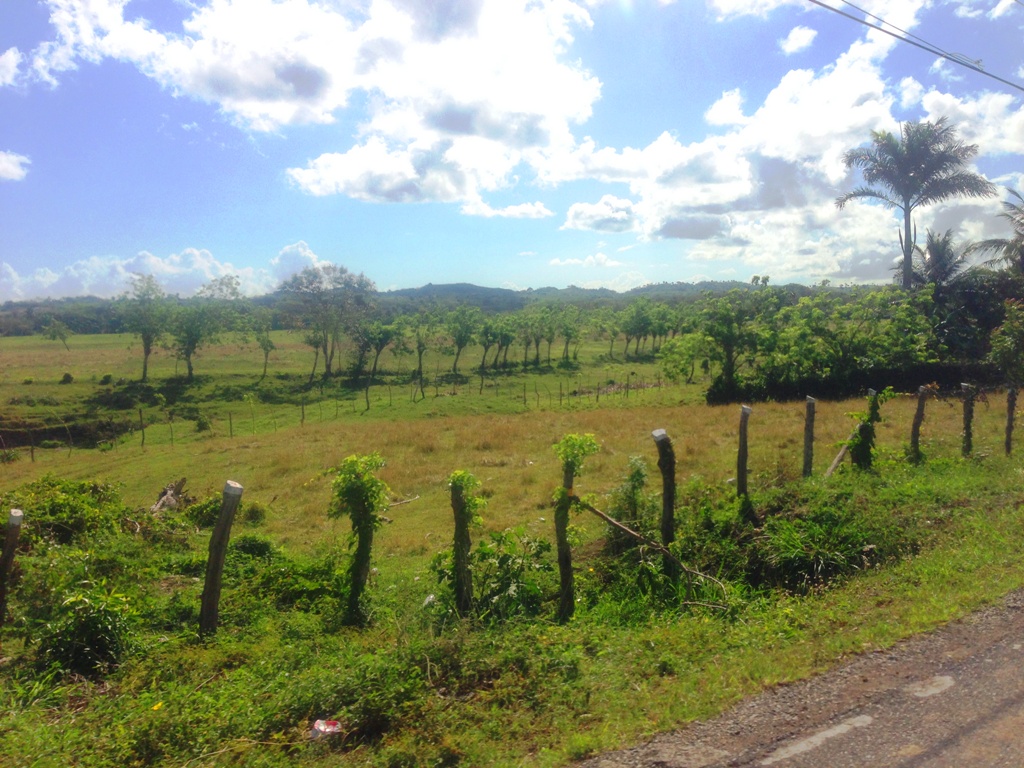
The scenery was spectacular. We passed huge pastures, fields of sugar cane and coconut trees. The rolling hills of green seemed to go on forever. It was a great reminder of how people all over the world Live Different. Their small houses were scattered along the country roads with laundry strung across their front yards and often no windows or doors. The heat was stifling but the landscape was so still and peaceful. We were so caught up in its beauty, forgetting about the heat.
All of a sudden, the van slowed to a stop. Something was definitely going on ahead of us but it took a minute to figure out what… Cattle. Dozens of cattle were meandering down the road as if it were covered in grass in the middle of a field. A regular occurrence around here I guess. Just a few days before, we saw a man leading a gigantic pig down the street in front of Putula’s Bar. That pig had the biggest cojones I’ve ever seen!!!! I tried to get Peter to run after it and take a picture but he was too busy happily grinding on his pulled pork sandwich :)
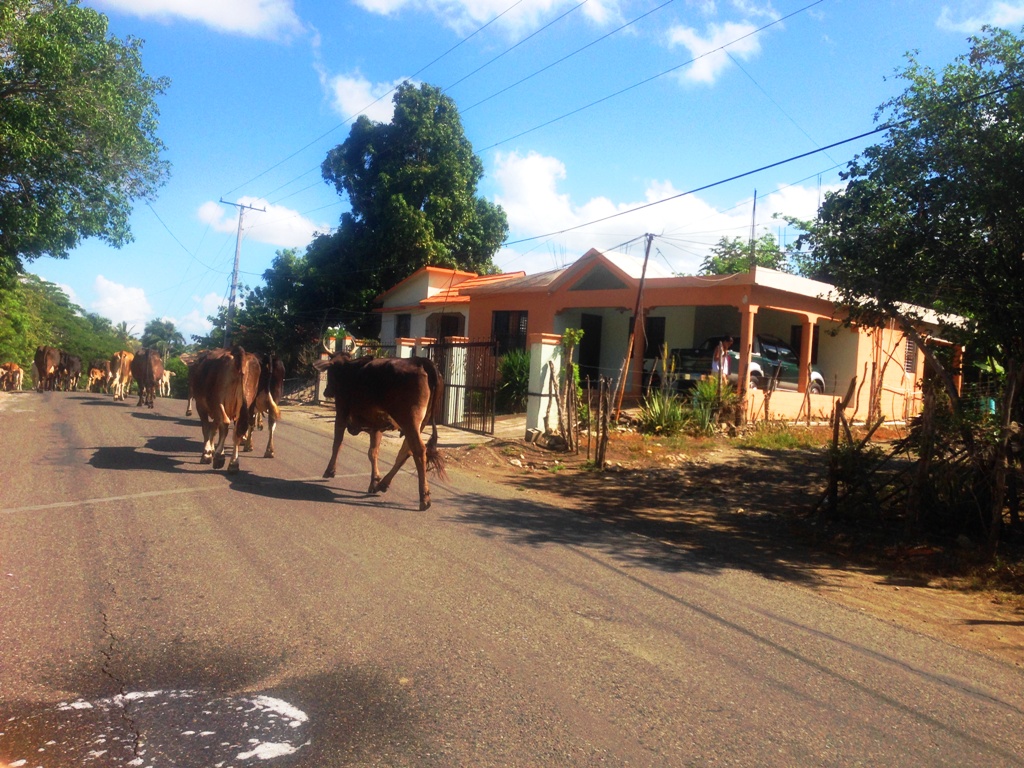

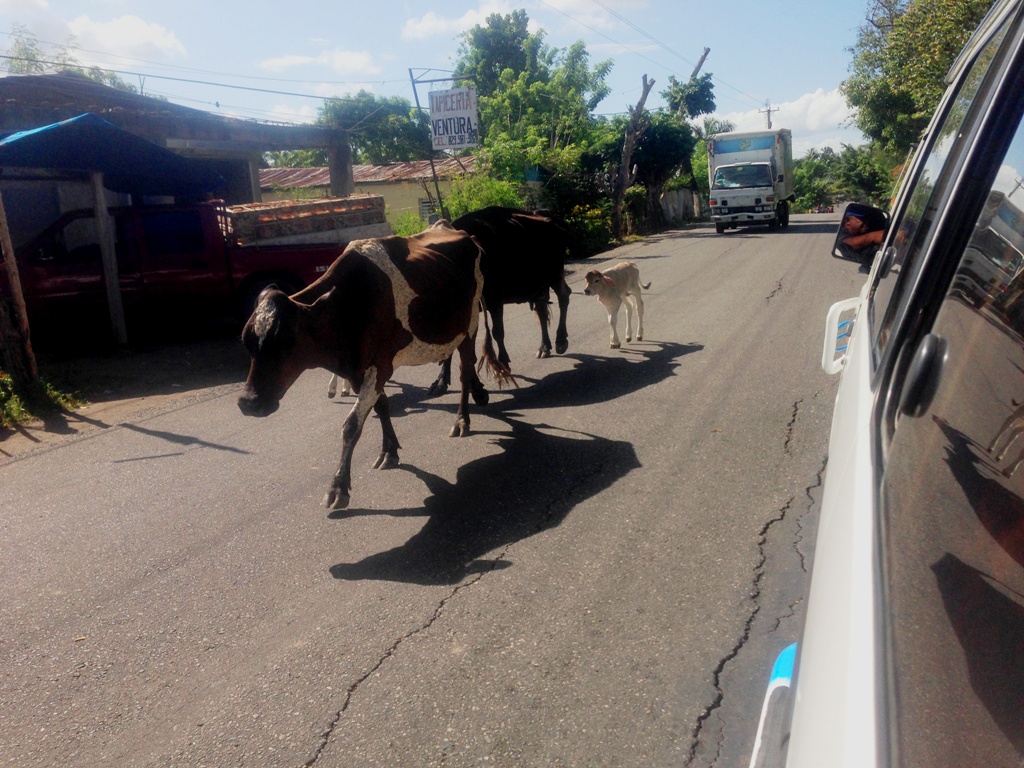

After a short bumpy ride on a gravel road we arrived at the park that operates the tours for the 27 waterfalls. 27 Charcos at Rio Damajagua is open daily from 8am to 3pm. We were advised to get there early, and we’re glad we did. Truck-loads of people start arriving mid day and throughout the afternoon.
We really didn’t know what to expect before we arrived. Unfortunately Papo didn’t give us very much information about what to bring or not bring. We knew lunch would be included but that’s about it.
There are three different tours you can choose from. The 1-7 waterfalls are the easiest. 1-12 waterfalls is what we did. It would have been amazing to see all 27 falls but we selected the 12-waterfall tour to make sure we were back in the early afternoon to let the dogs out. The falls range from 10-20′ and most of them are done by crossing your arms across your chest and sliding down. The guides were great and they help everyone get positioned safely before letting go.
It would take at least an hour to hike up to all 27 waterfalls. We took our time getting to the first 12 and it took about 45 minutes of hiking up steep trails. It’s definitely not an easy hike and those terribly out of shape might be swearing up a storm half way through. On the other hand, its great exercise and it was a wonderful way to explore on land away from the boat. Young and old alike can handle it no problem as long as there are no physical injuries restraining your movement. The day involves lots of hiking, climbing, sliding, swimming and jumping. Mandatory helmets and life jackets are provided by the park before departure.
It would have been nice to know a few things about this adventure before we left the boat:
WHAT TO BRING
1. A waterproof camera
I brought my iPhone in an old waterproof case, but I had no idea we would be fully submerged underwater several times. The falls are like water park slides where you end up completely underwater at the end of the slide. About half way through the day, my case started to fail and leaked a bit of water in, fogging up the camera lens. This led to less-than-pretty pictures of only the first half of the trip. A fully submergeable camera is highly recommended. The scenery inside the park is absolutely magical and we wish we were prepared with better equipment. Check out some of the photos on Google Images while searching for Damajagua to see some better photography of this magical place.
2. Water shoes with good traction
I wore some cheap $5 water socks from Wal-Mart that had good traction on them. These worked great for climbing over the wet rocks. They weren’t the best for hiking up the trails but I’m used to going barefoot on the boat every day. Peter wore surfing booties with a little tread and those worked just as well. If I had them earlier, I would have worn my new KEEN sandals that are waterproof and have excellent hiking tread. Anything that will keep you from slipping on the wet limestone is recommended.
3. Swimsuit/dark shorts
Peter wore surf trunks and I wore a bathing suit with black shorts. The mandatory life jackets cover up your top so the women don’t need to worry about “spilling out”. Since the majority of the way down involves sliding over rocks, white or light-colored shorts or swimsuits are not advised. We didn’t get dirty but white clothes don’t go well with Mother Nature’s slip’n’slides :)
4. Cash for tips, lunch or drinks
Luckily we had extra cash with us. Papo didn’t tell us there was an additional fee for park entry, in addition to the fee we paid him to get us there. The park accepts cash only, no credit cards. There is a gift shop, bar and restaurant also. Papo’s travel package covered the ride up and back plus cost of lunch and several drinks. The food was buffet style and not very good, but nice after a long day climbing around.
WHAT NOT TO BRING
1. A backpack
We didn’t know that the only way down was to get completely soaking wet! The staff at the cashier suggested we leave our backpack behind the counter with them. It was totally safe, but had we known earlier we would not have brought it.
2. A towel
After the last waterfall there is still a bit of a hike back out of the mountains to the main park buildings. It’s hot outside and by the time we got back to where lunch was served, we were completely dry.
3. Sunscreen
Fashionably late as always, I didn’t have time to apply sunscreen before we left the boat. I put it in our backpack for later, but when we arrived at the park there was no time to waste. We were off and hiking within minutes. The entire day is actually spent under the rainforest canopy so unless you are extremely fair-skinned, sunscreen won’t help much.
4. Sunglasses
The hike up and back down is mostly shaded. Peter and I like to wear sunglasses most everywhere we go and we did just fine the whole day leaving ours safely tucked into the backpack behind the cashier’s counter.
5. Anything that cannot be fully submerged in water
This goes for jewelry, watches, clothing, hats, phones or cameras. All three tours, whether it’s the 27, 12 or 7 waterfalls will have you completely soaked.
6. Flip flops
Flip flops will surely fly off after the first slide. They will most likely float and they won’t get too far, but it’s not a good option for footwear. Some of the pools are murky, especially after a lot of rain so if they happen to sink you might not find them.
7. A change of clothes
There are bathrooms to change in afterwards, but unless you plan on leaving your stuff in the vehicle you rode up in or behind the counter at the cashier, there’s no need to bring a change of clothes. Whatever you were wearing will be completely dry, and probably too hot, by the time you ride back to wherever you came from.
COST
Papo charged us around $30 USD per person for the round trip ride which includes drinks on the way up and lunch and drinks at the park.
Entry to the park varies based on how many waterfalls you want to see. The park cashier would gladly accept USD cash but at a higher entrance price. If you exchange your money ahead of time and walk in with Dominican pesos, you’ll get a better entrance rate.
1-7 waterfalls: around $7 USD
1-12 waterfalls: around $8.50 USD
1-24 waterfalls: around $12.50 USD
The entrance fee includes the mandatory life jacket, mandatory helmet and tour guide. We were happy to learn that a portion of every entrance fee goes to supporting the surrounding communities and preserving this natural monument.

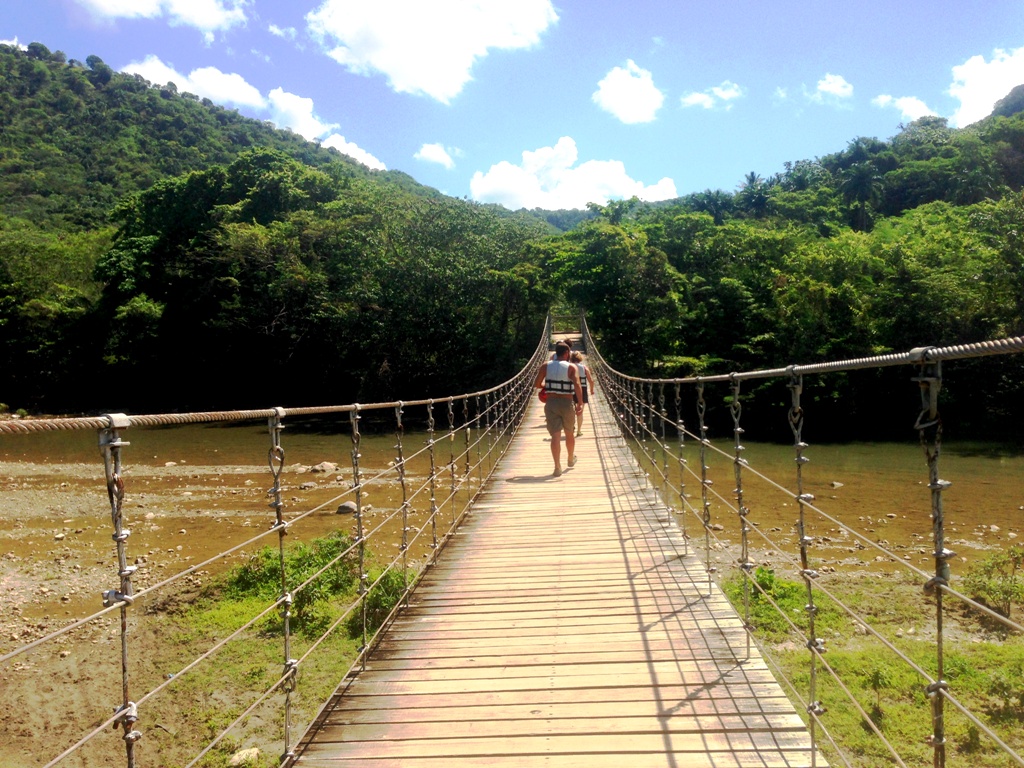

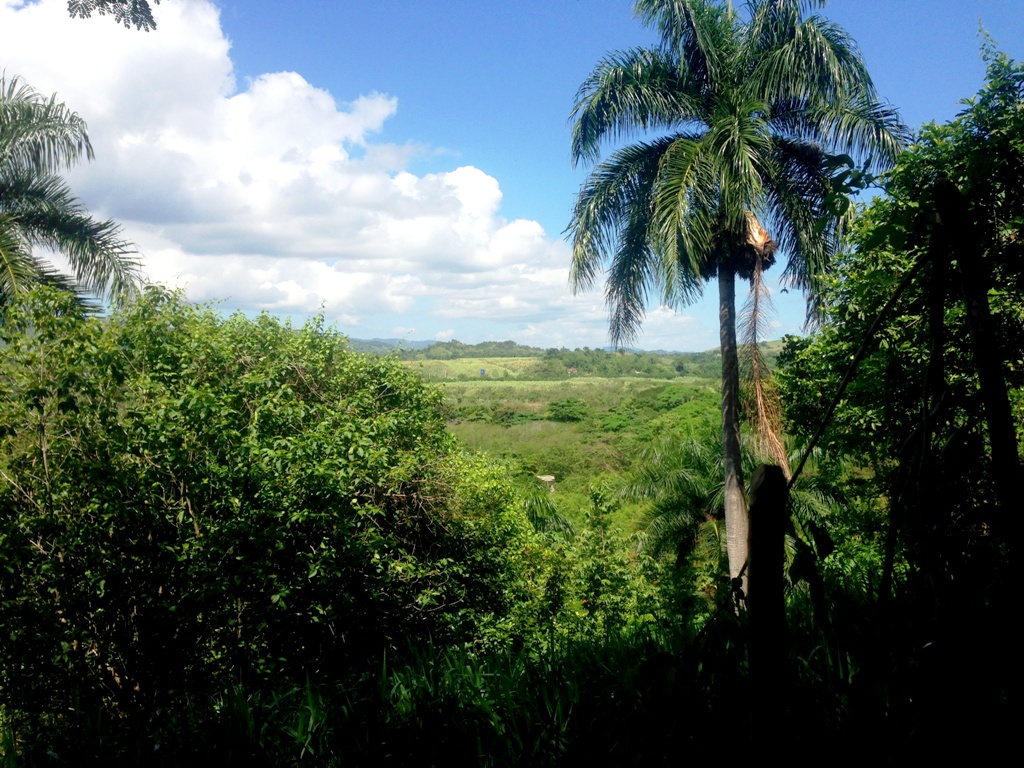
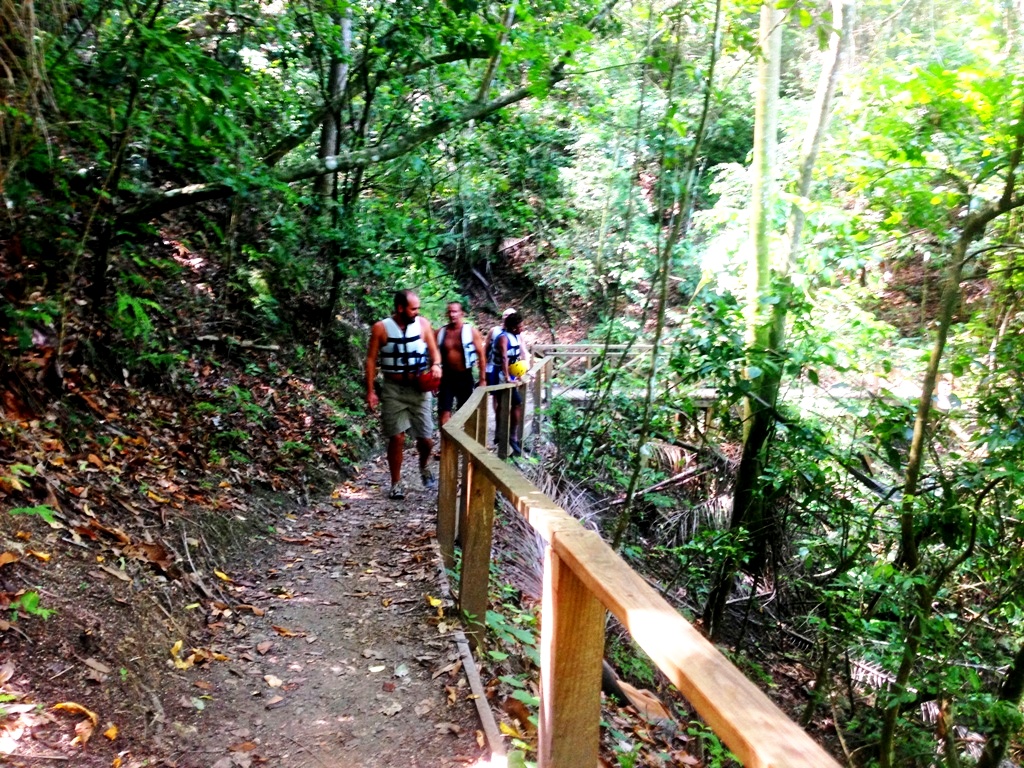


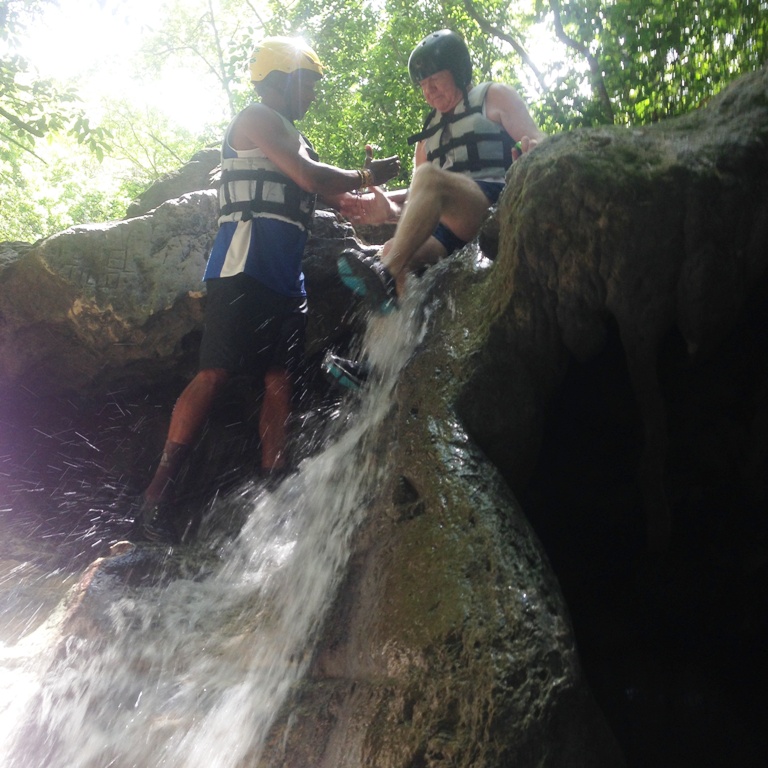
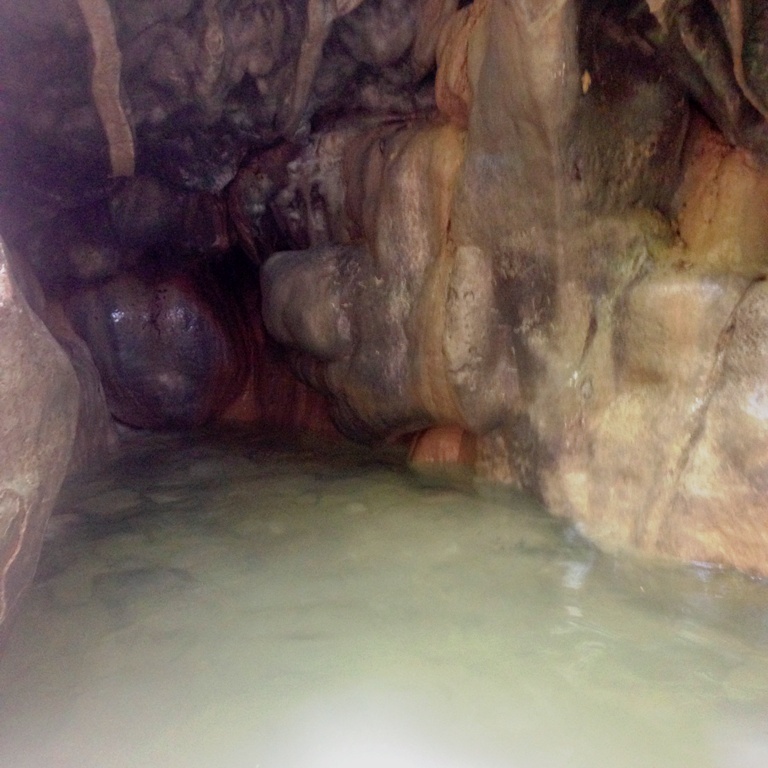


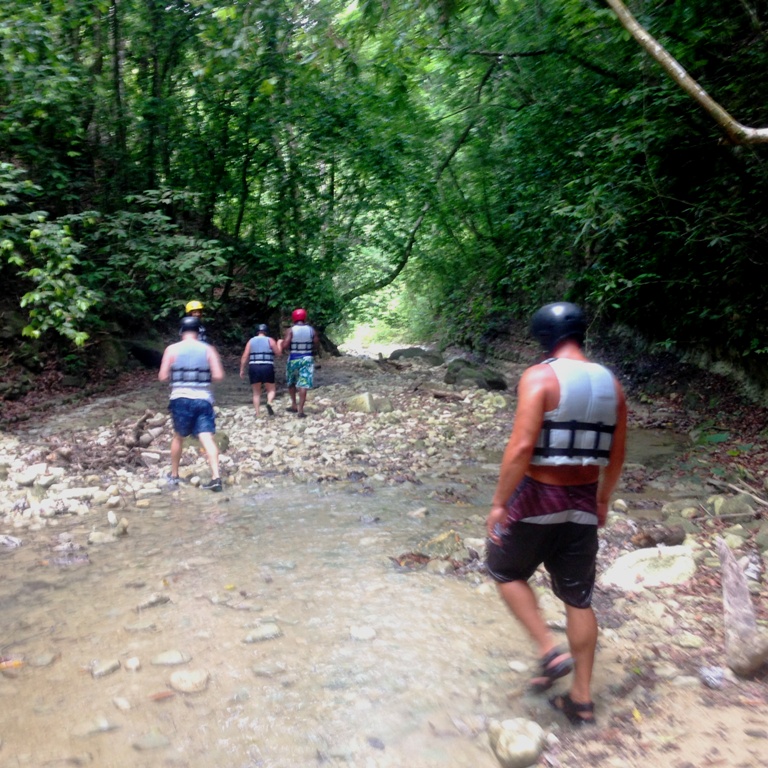

At the deepest pool of the 1-12 falls, Peter and our new friend Evan decided to jump off from 35′ above the pool. I’m not a fan of jumping off of anything so I opted for sliding down instead.
This was absolutely the most fun we’ve had on land since we moved aboard our boat. Many of the guide books say these are the best waterfalls in all of the northern Caribbean. If you ever get a chance to visit the Dominican Republic, we HIGHLY recommend visiting the waterfalls. For anyone that enjoys the outdoors, exploring and adventures, this was a very fun way to see one of the best things the DR has to offer. If we ever make it back there, we’ll surely go for all 27 waterfalls and do it again :)

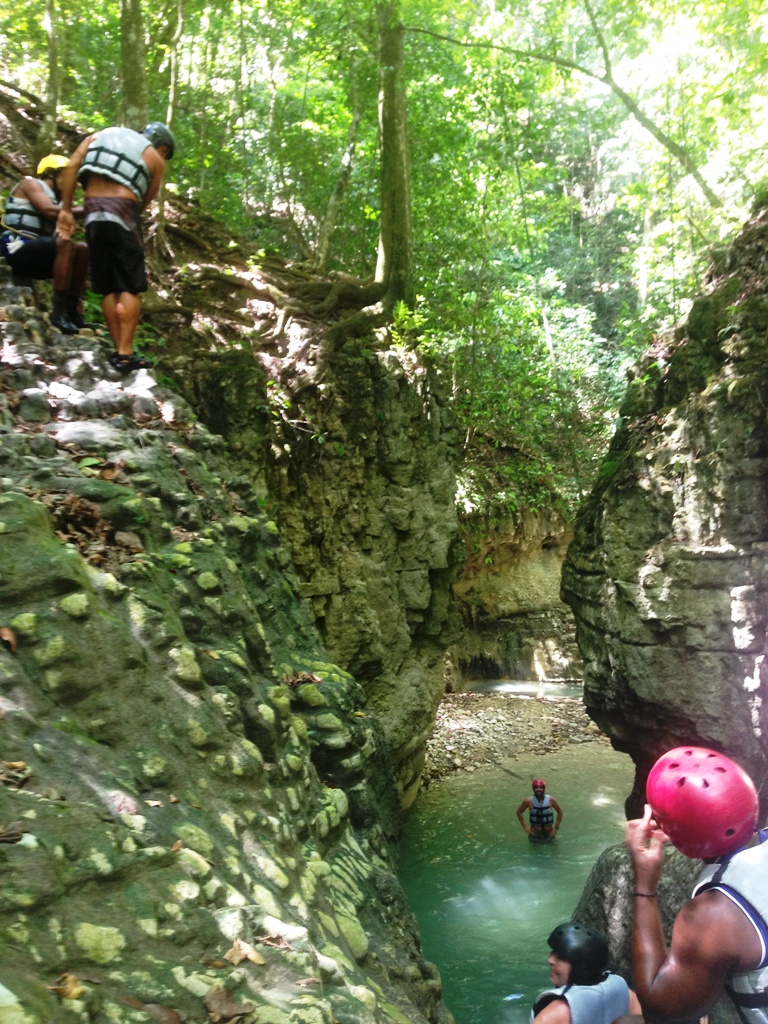
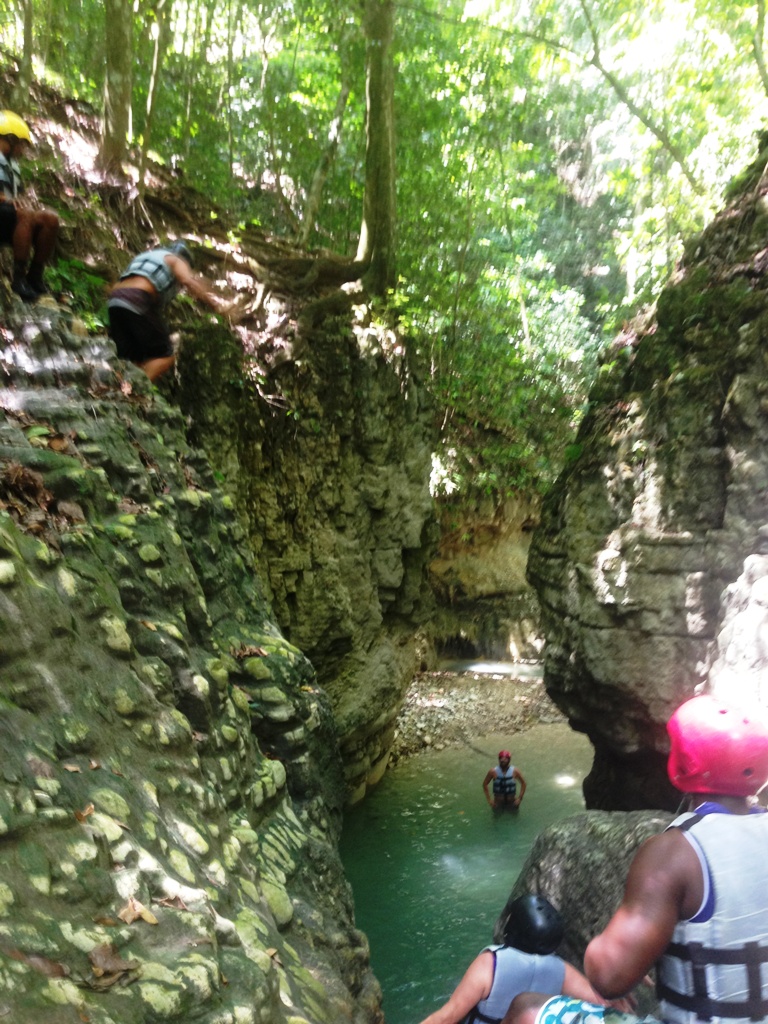


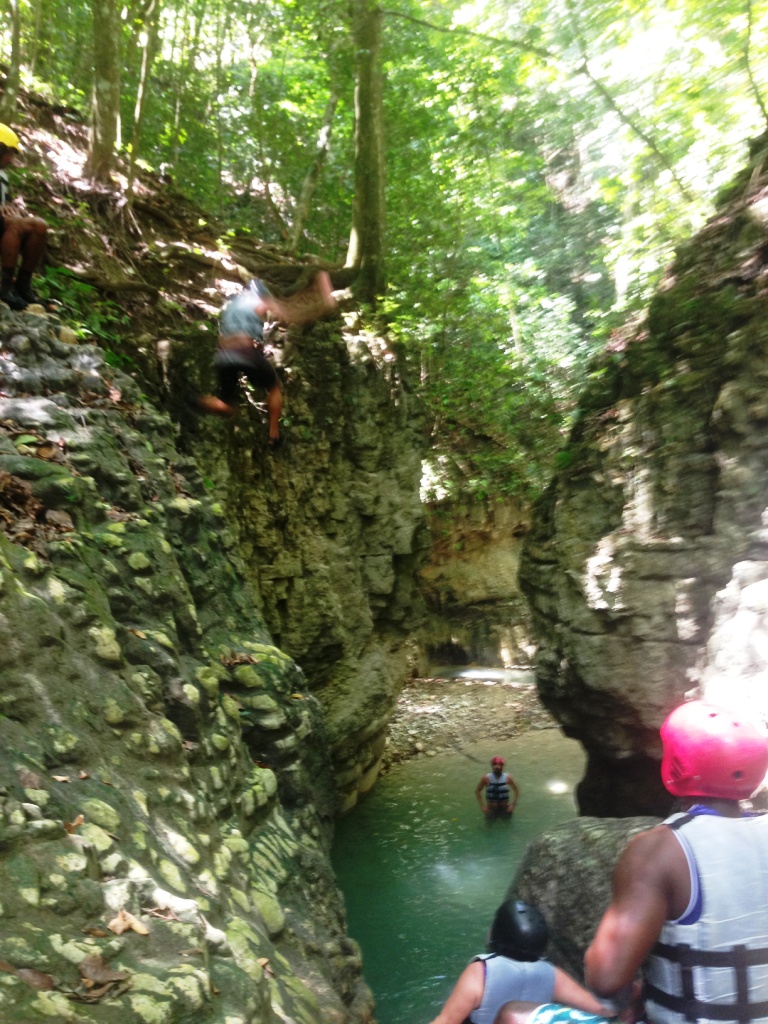
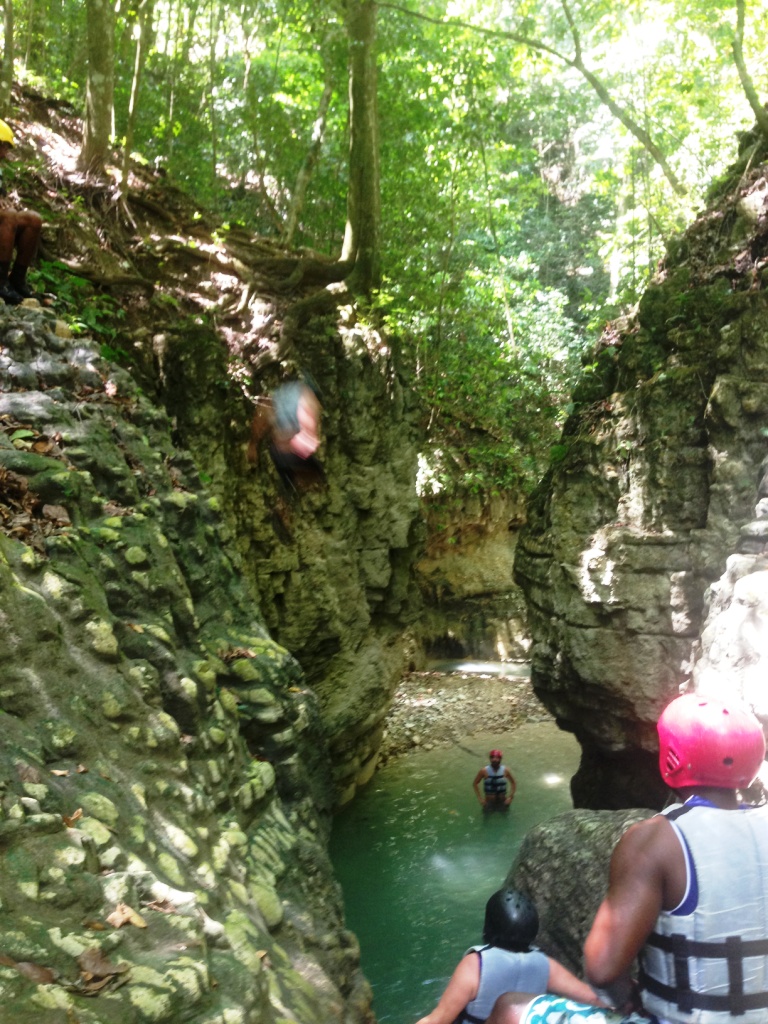
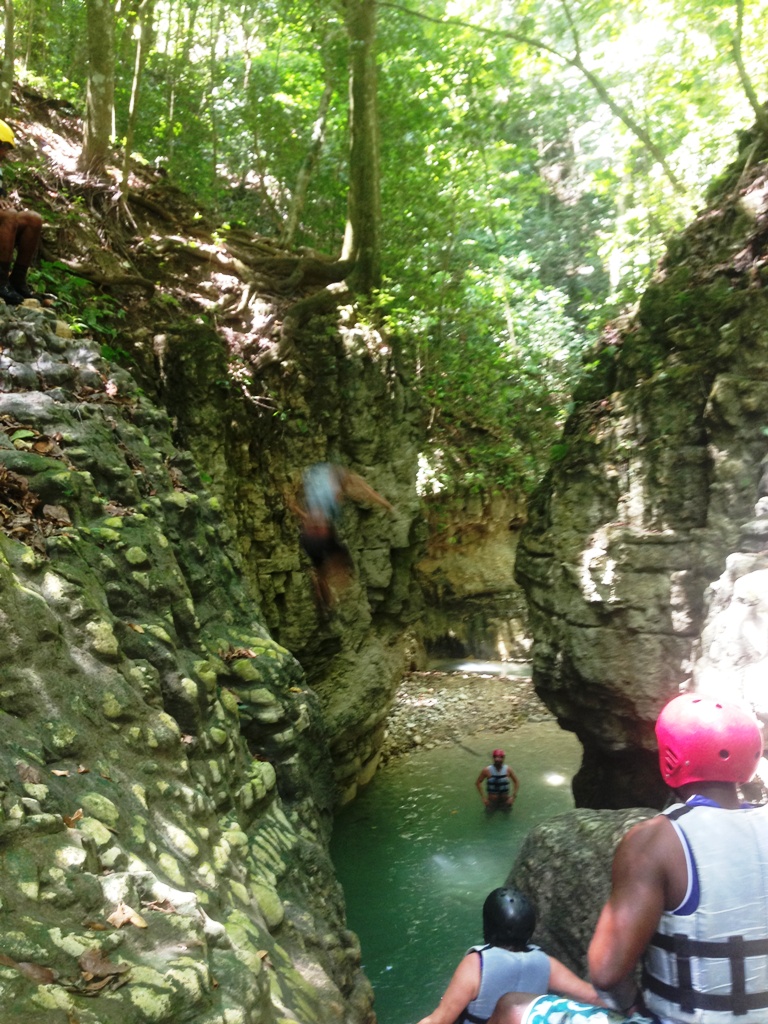
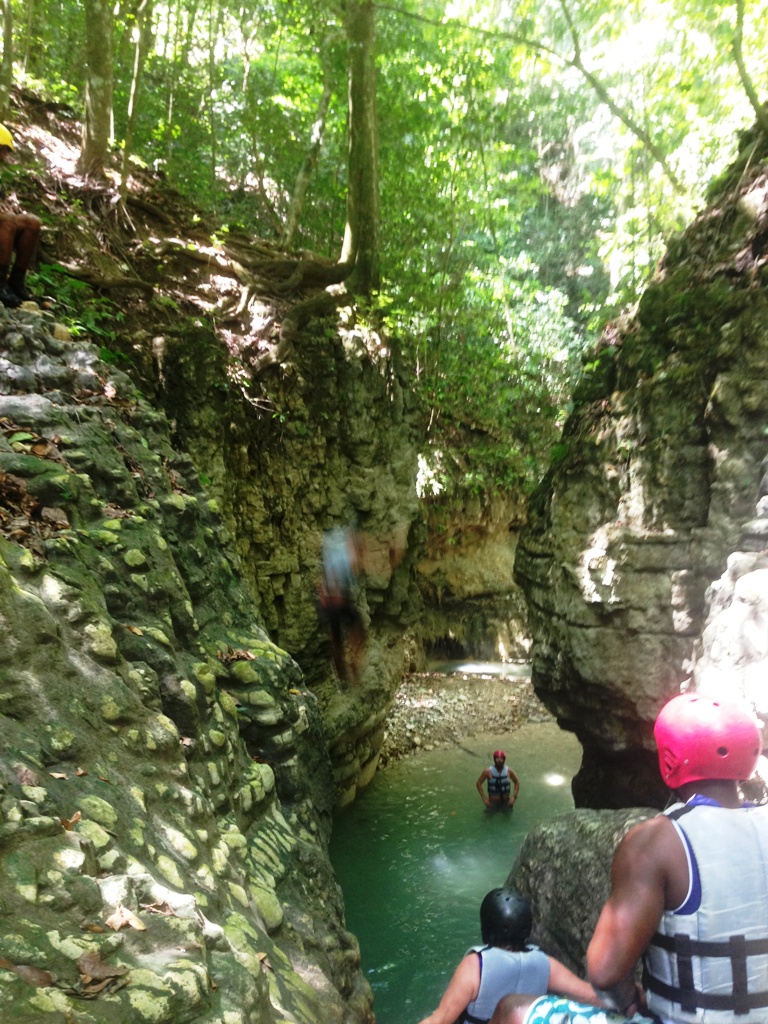
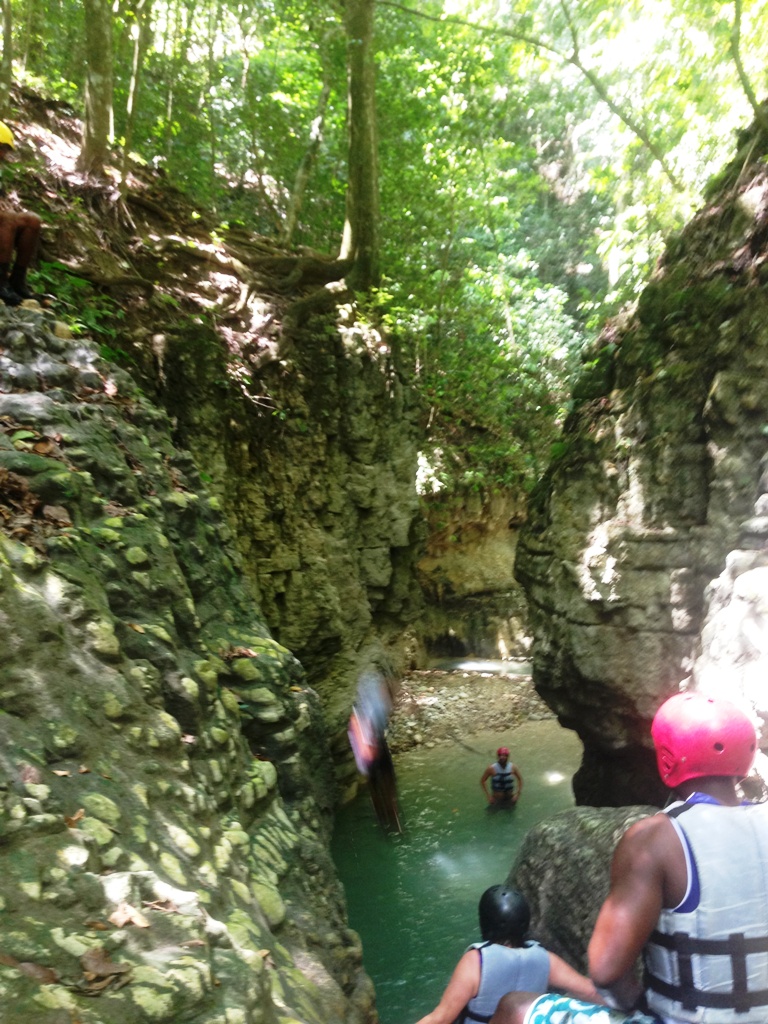
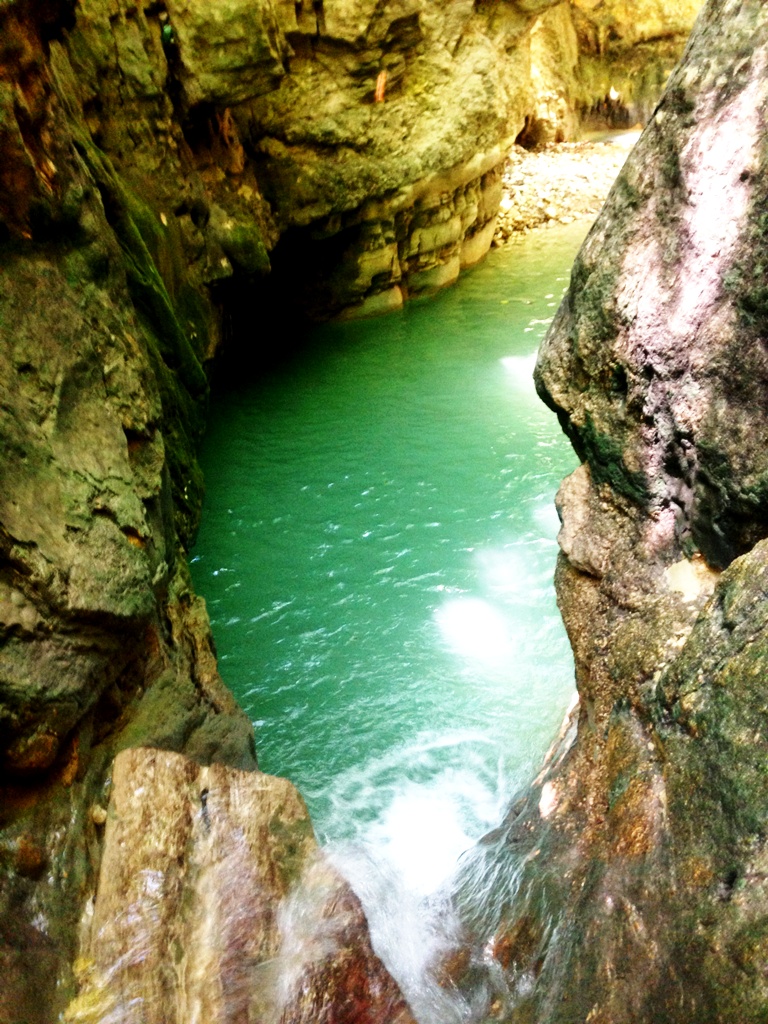

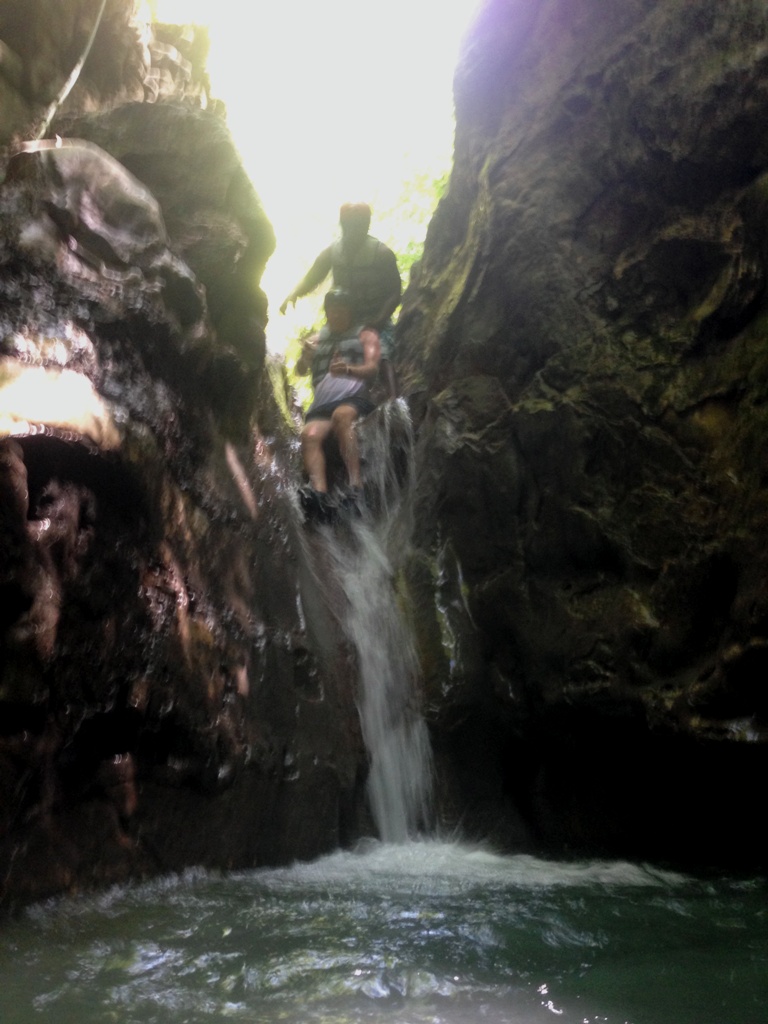
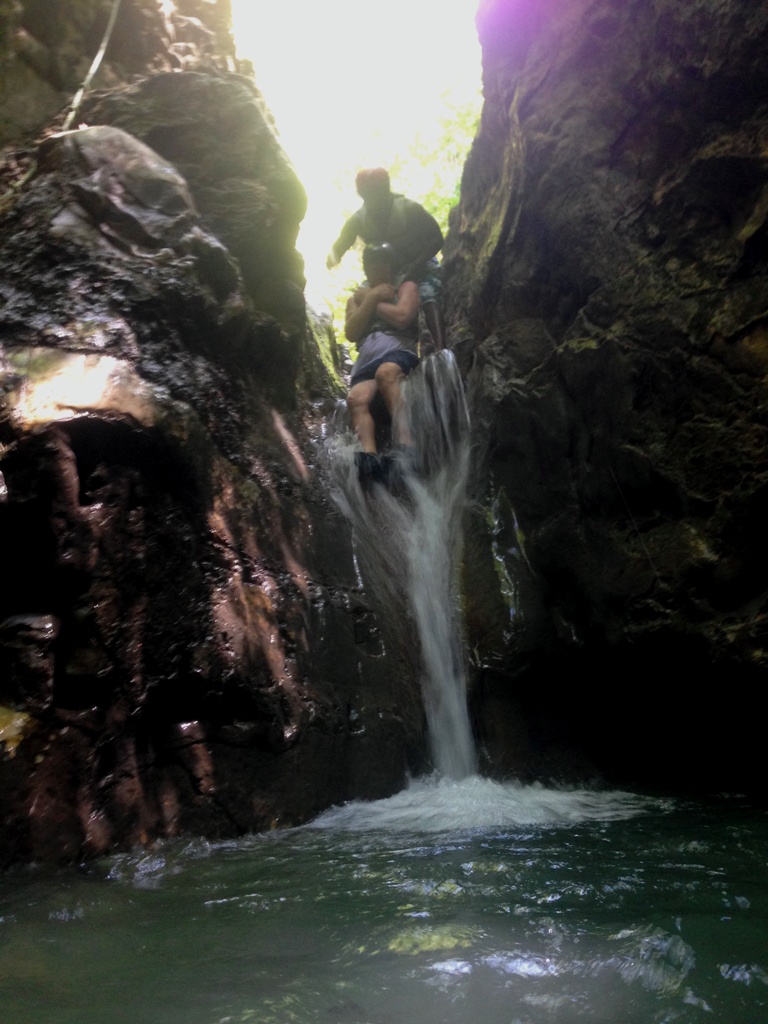
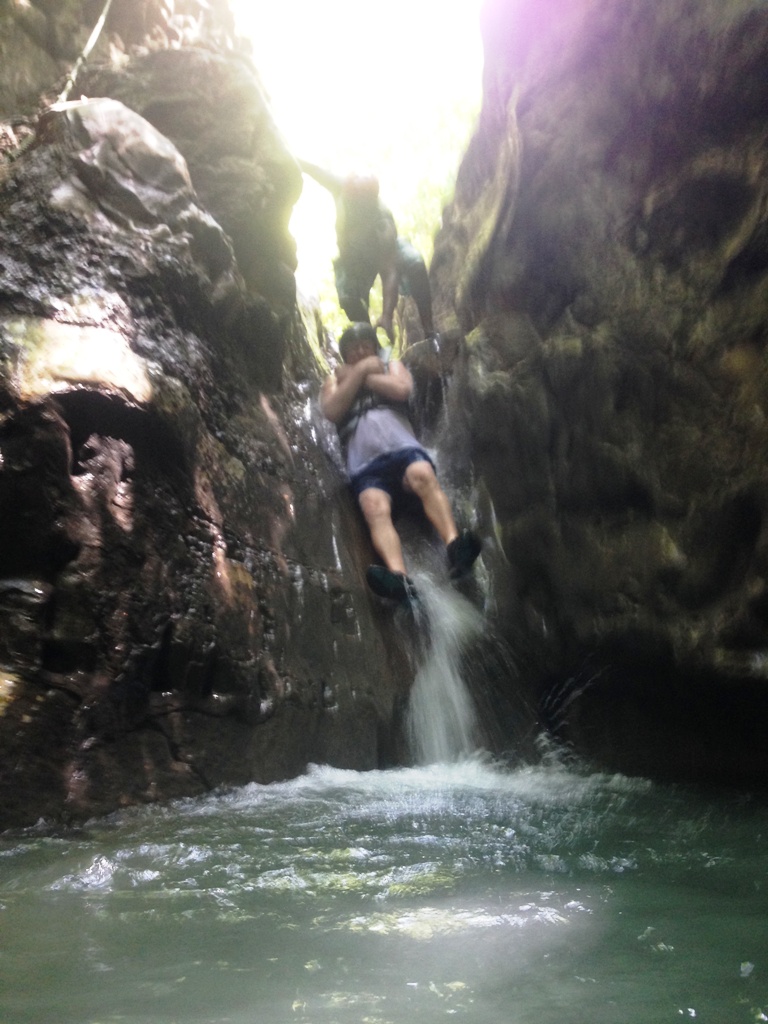
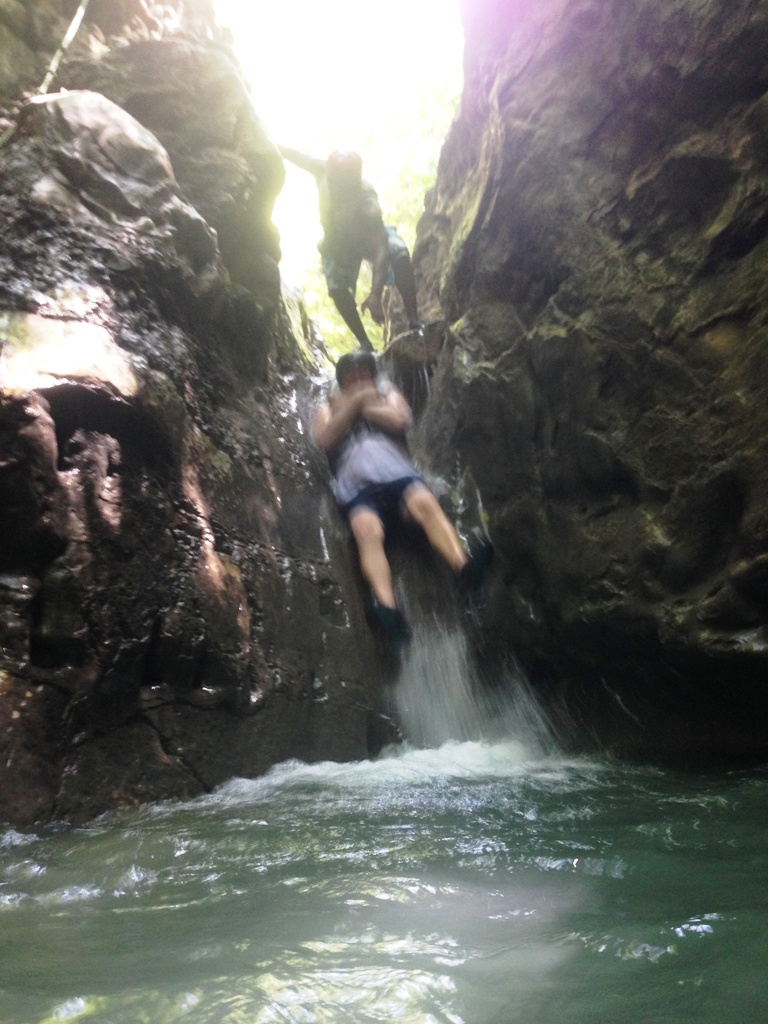



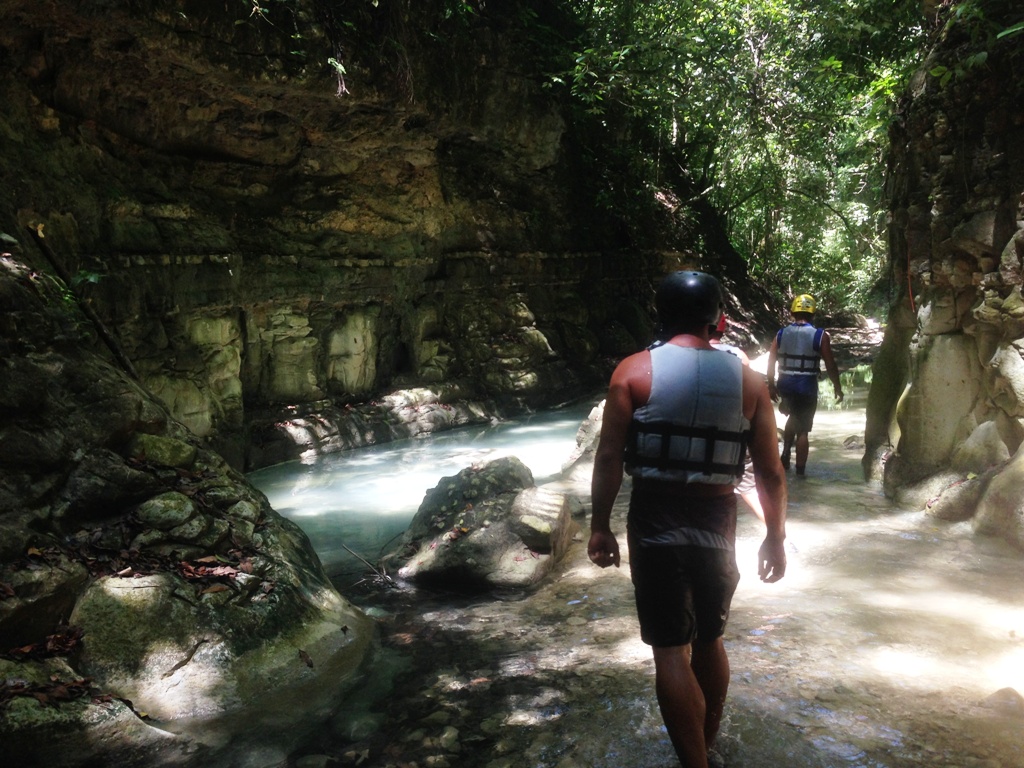
Have you been to the waterfalls in the DR? Leave a comment and tell us about your experience!!

